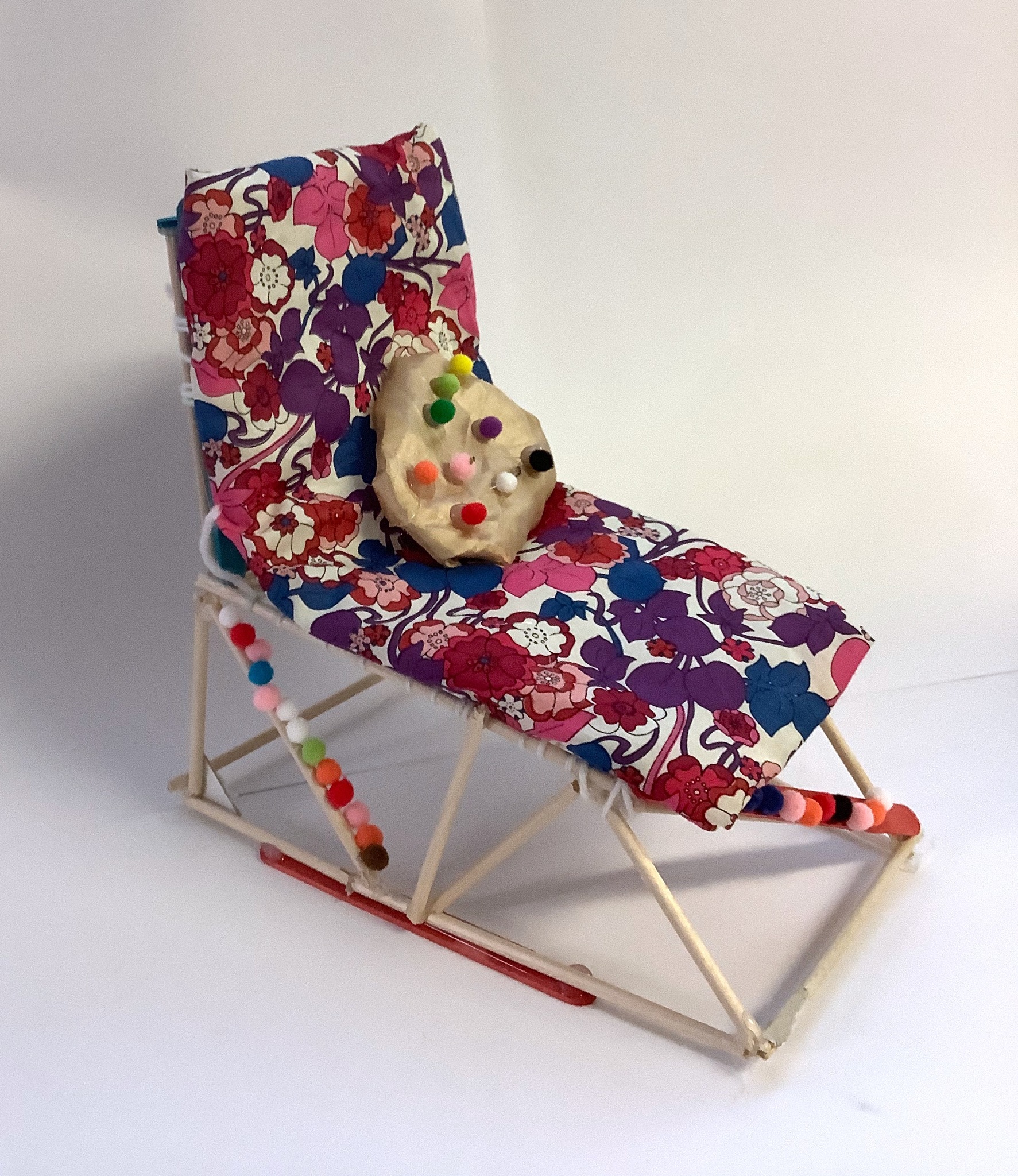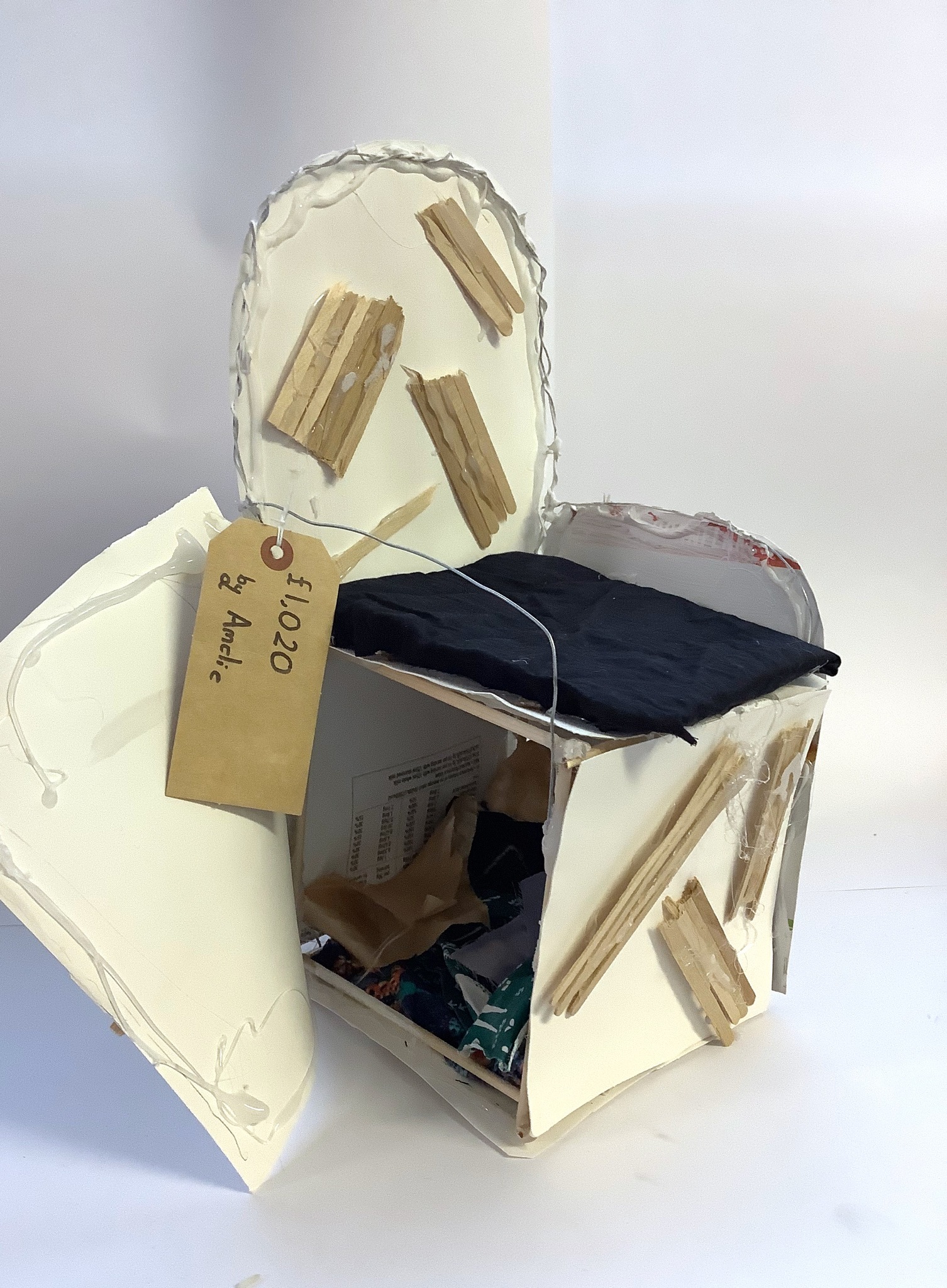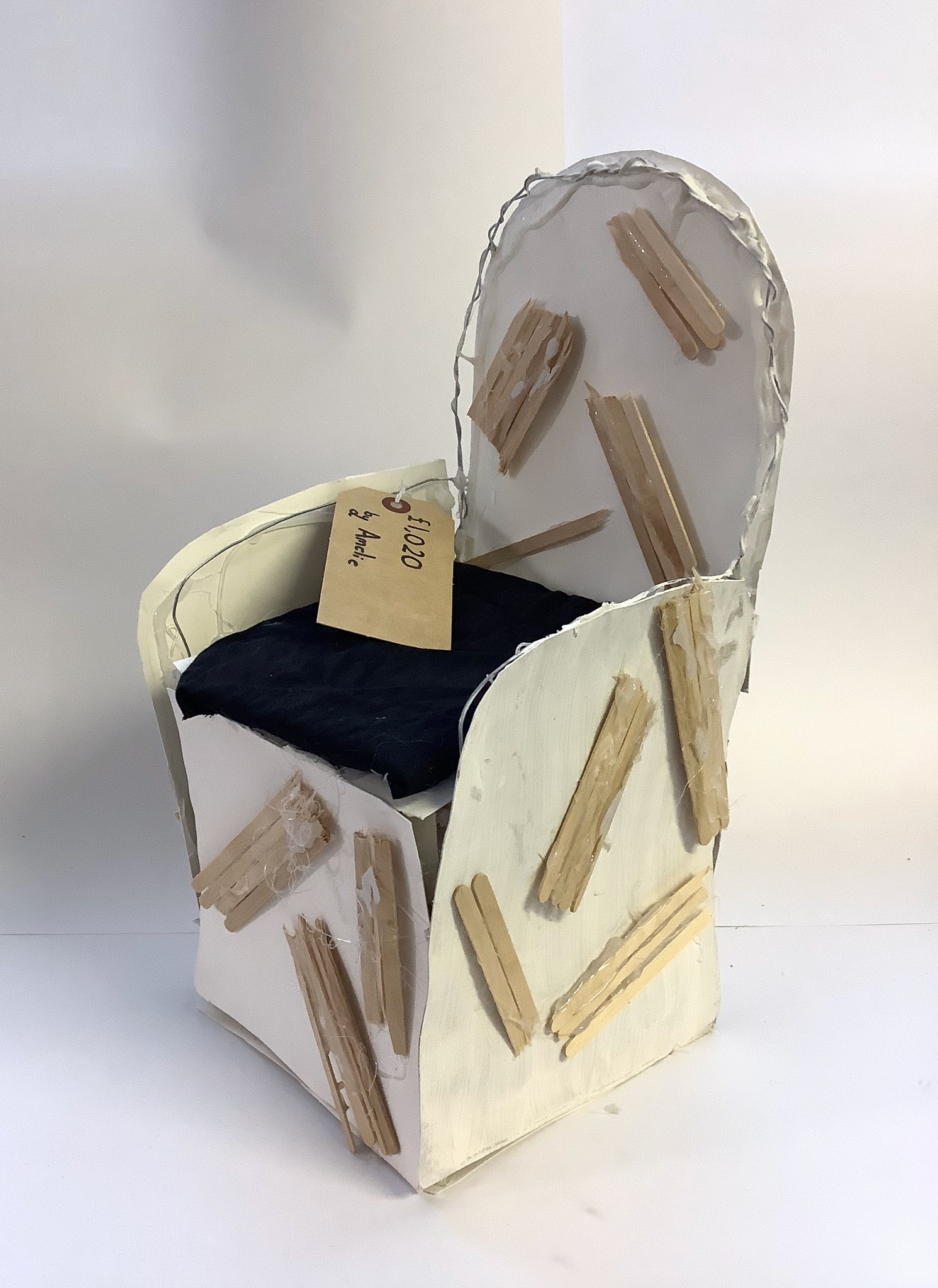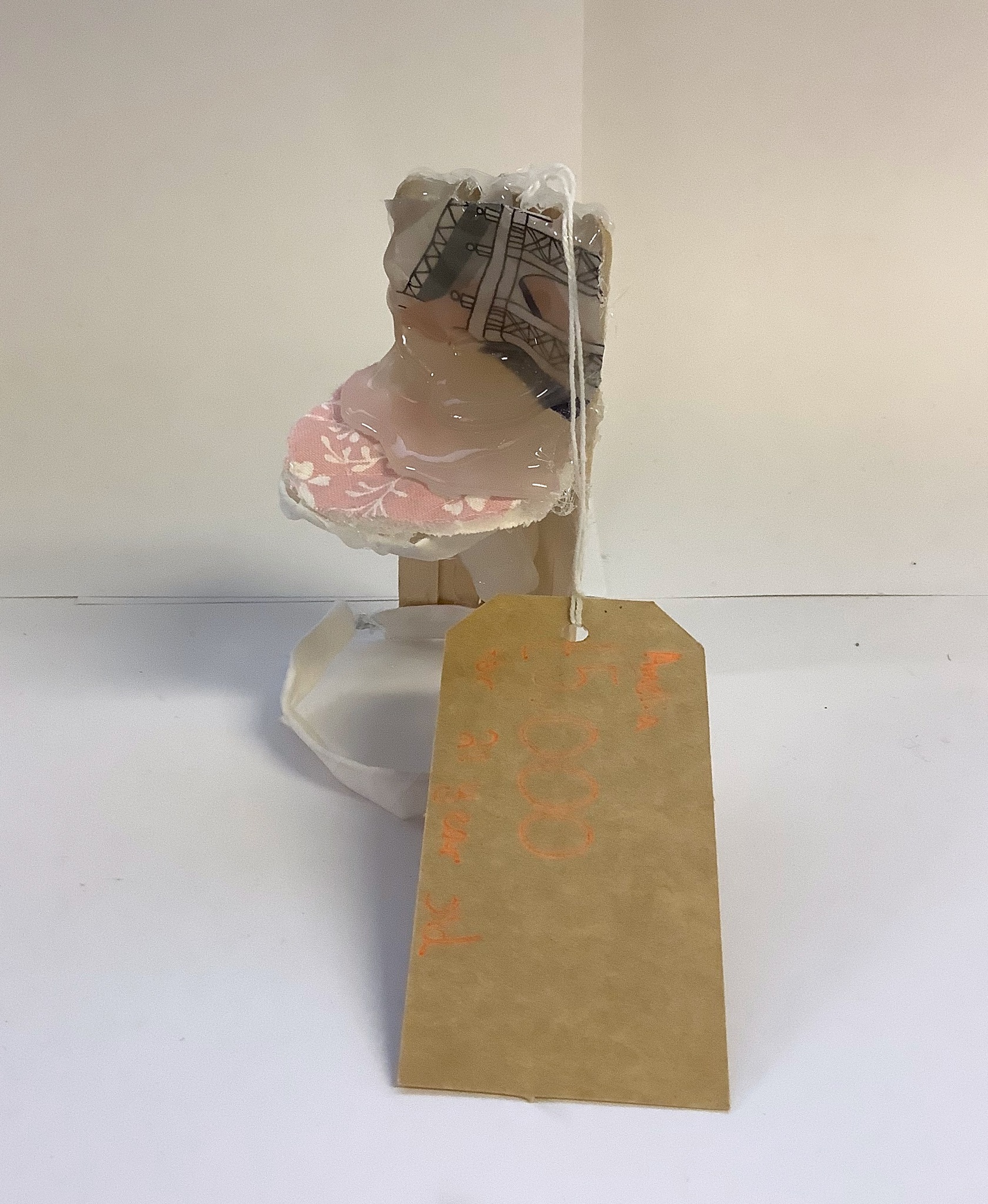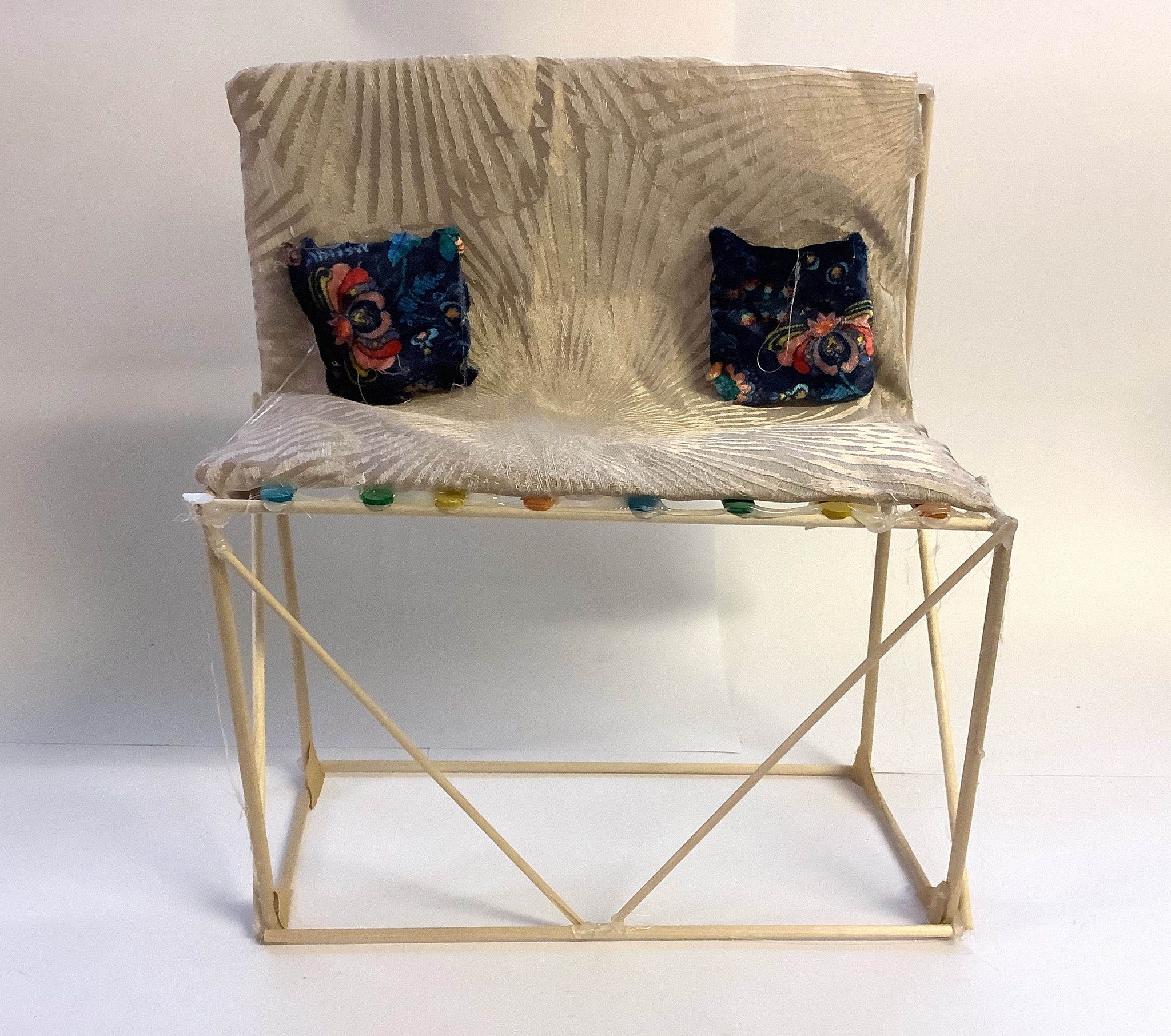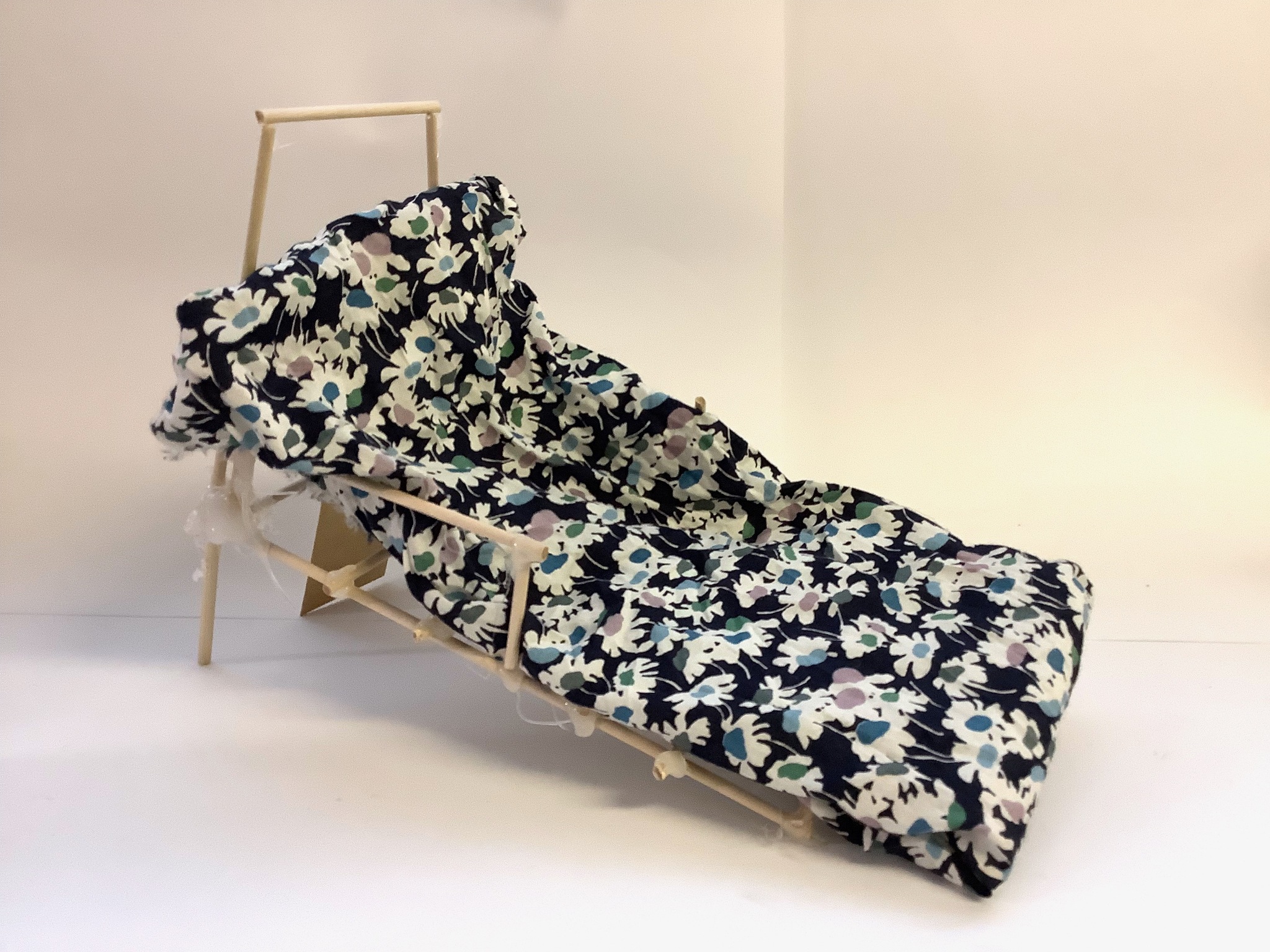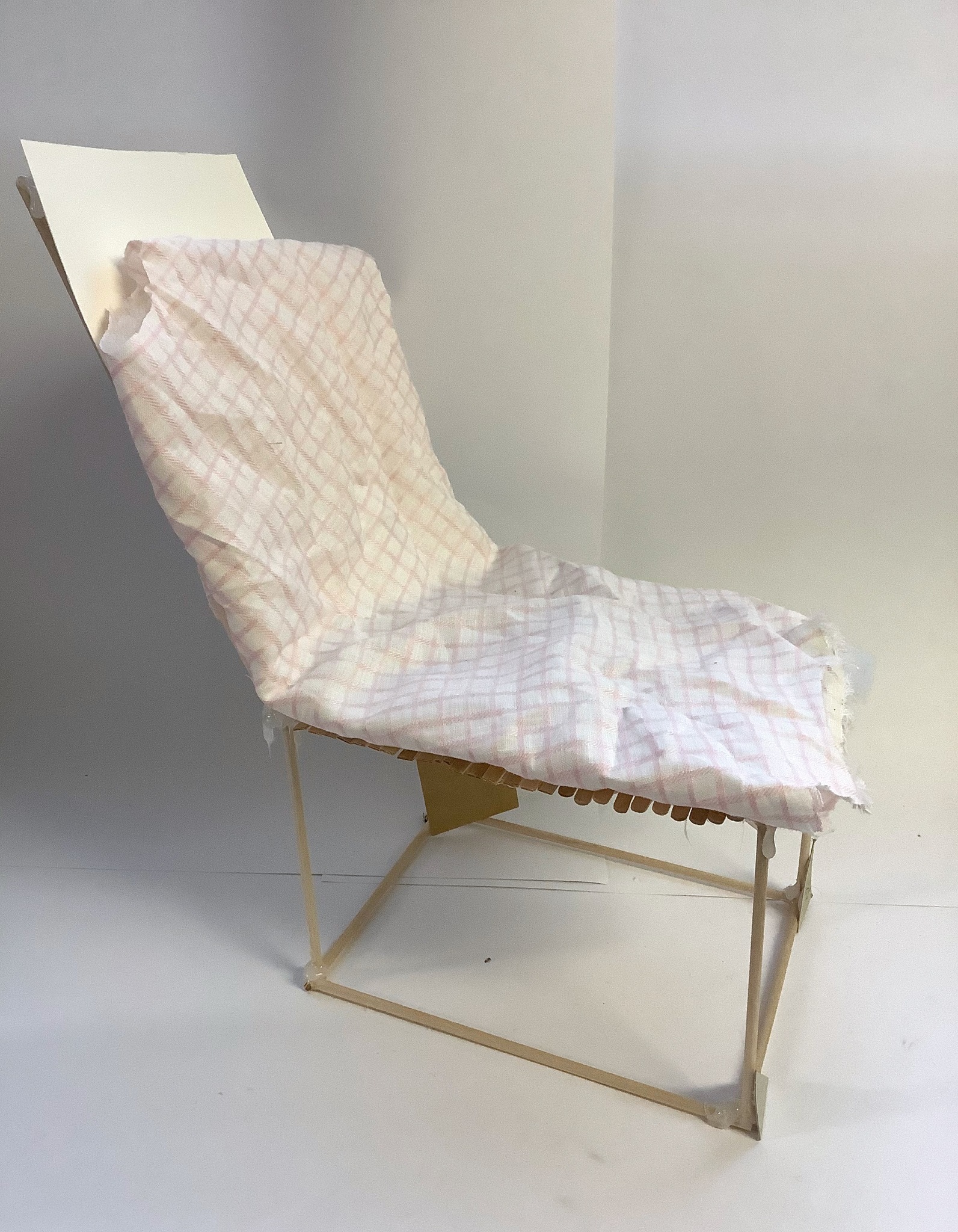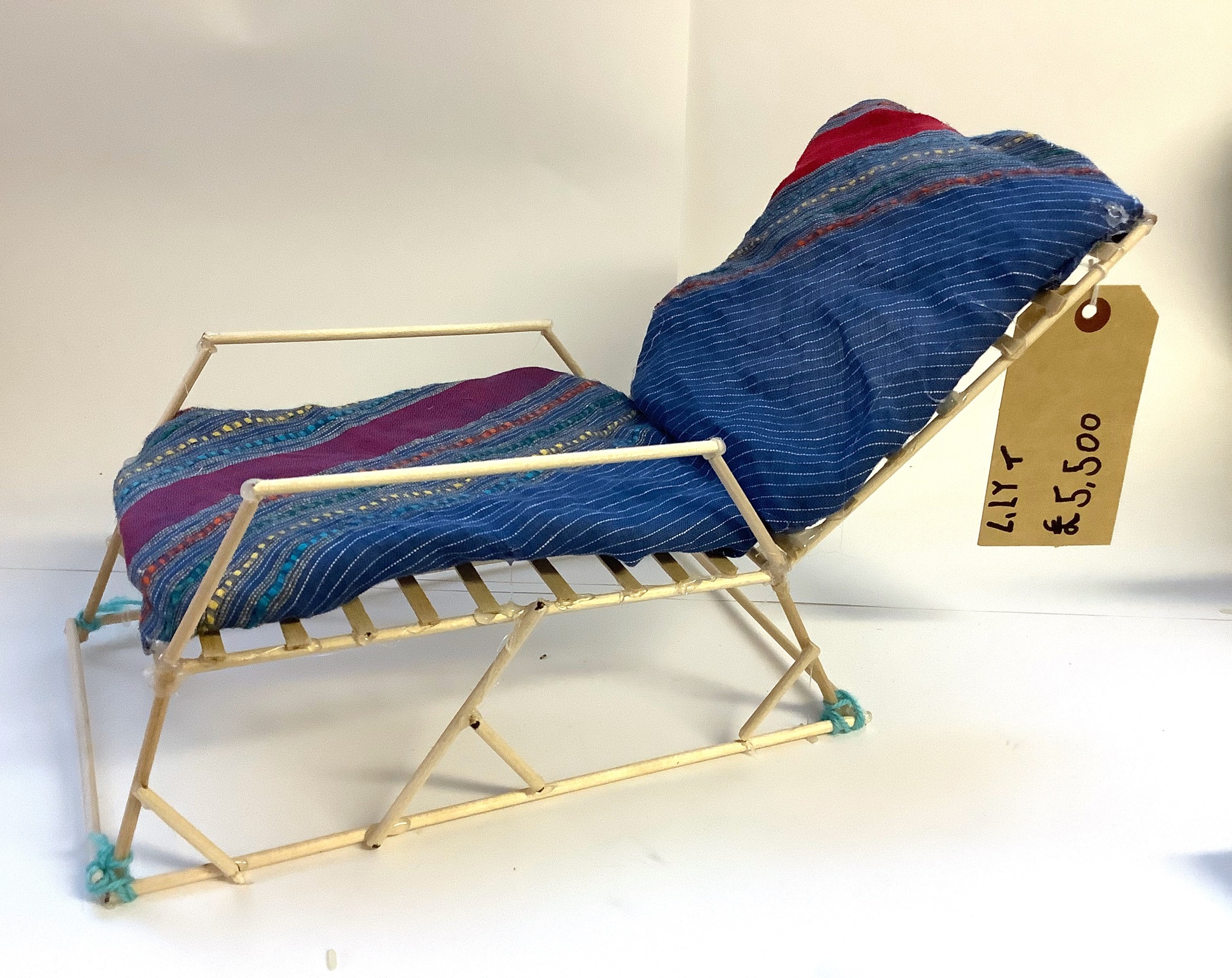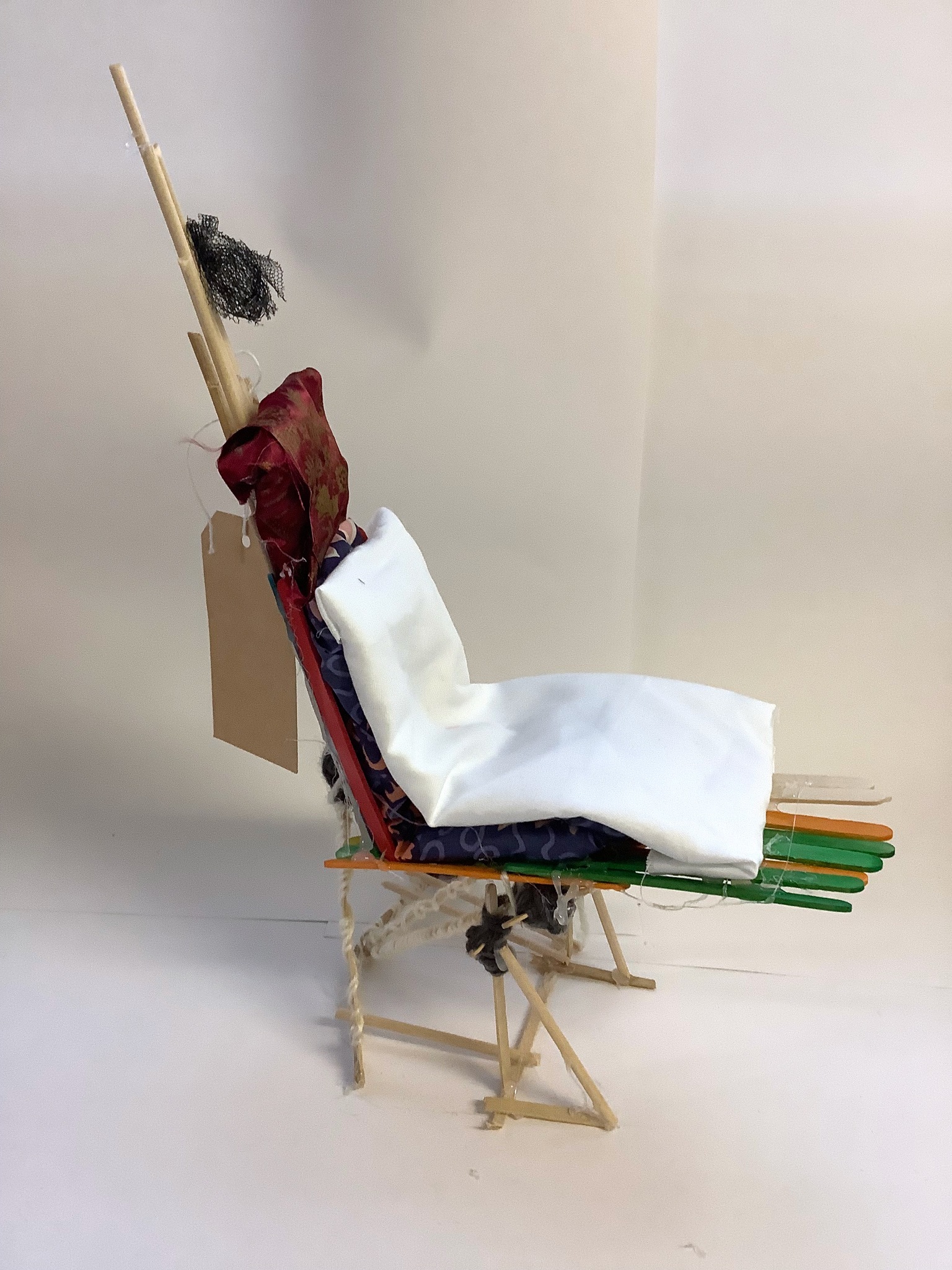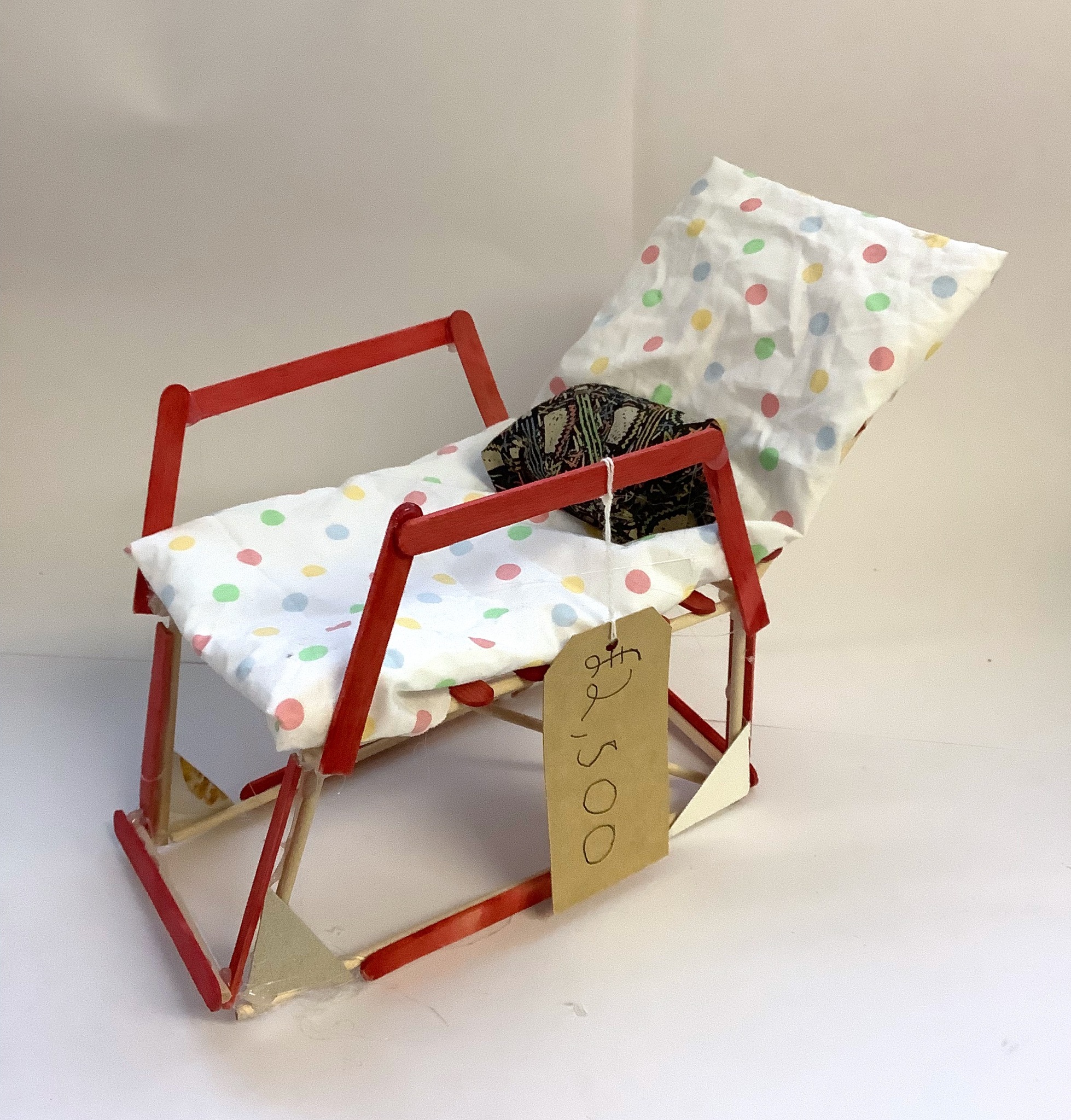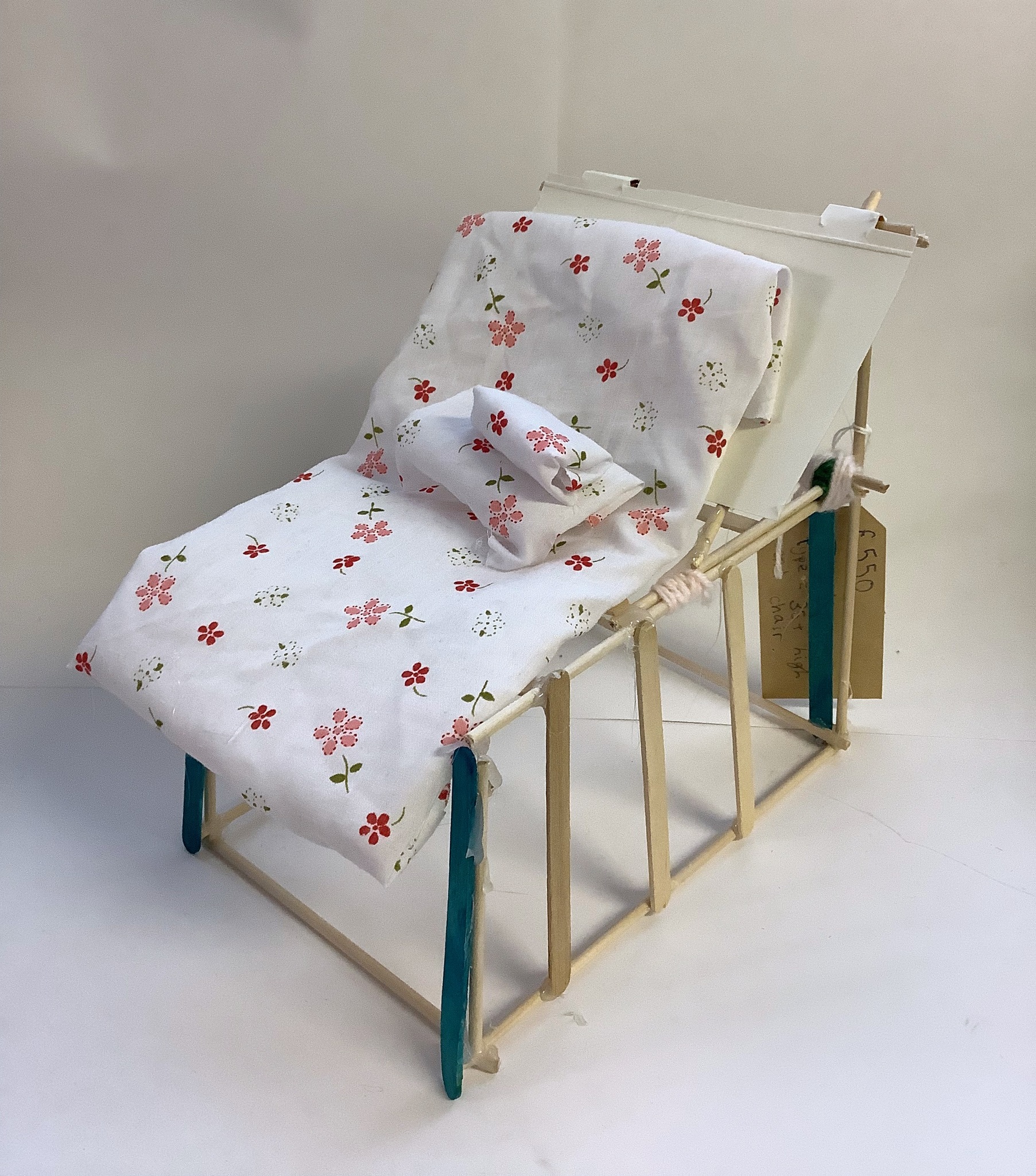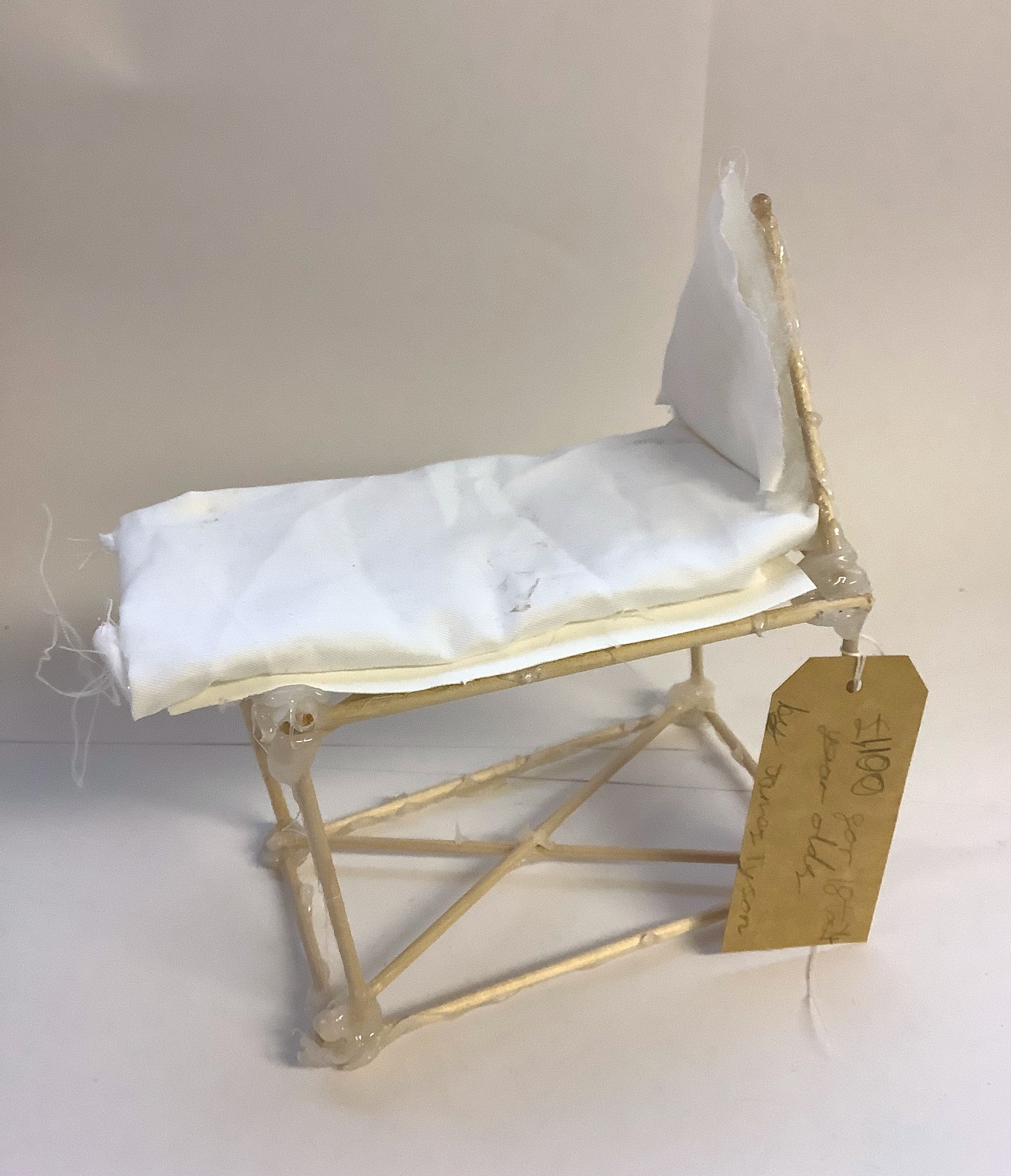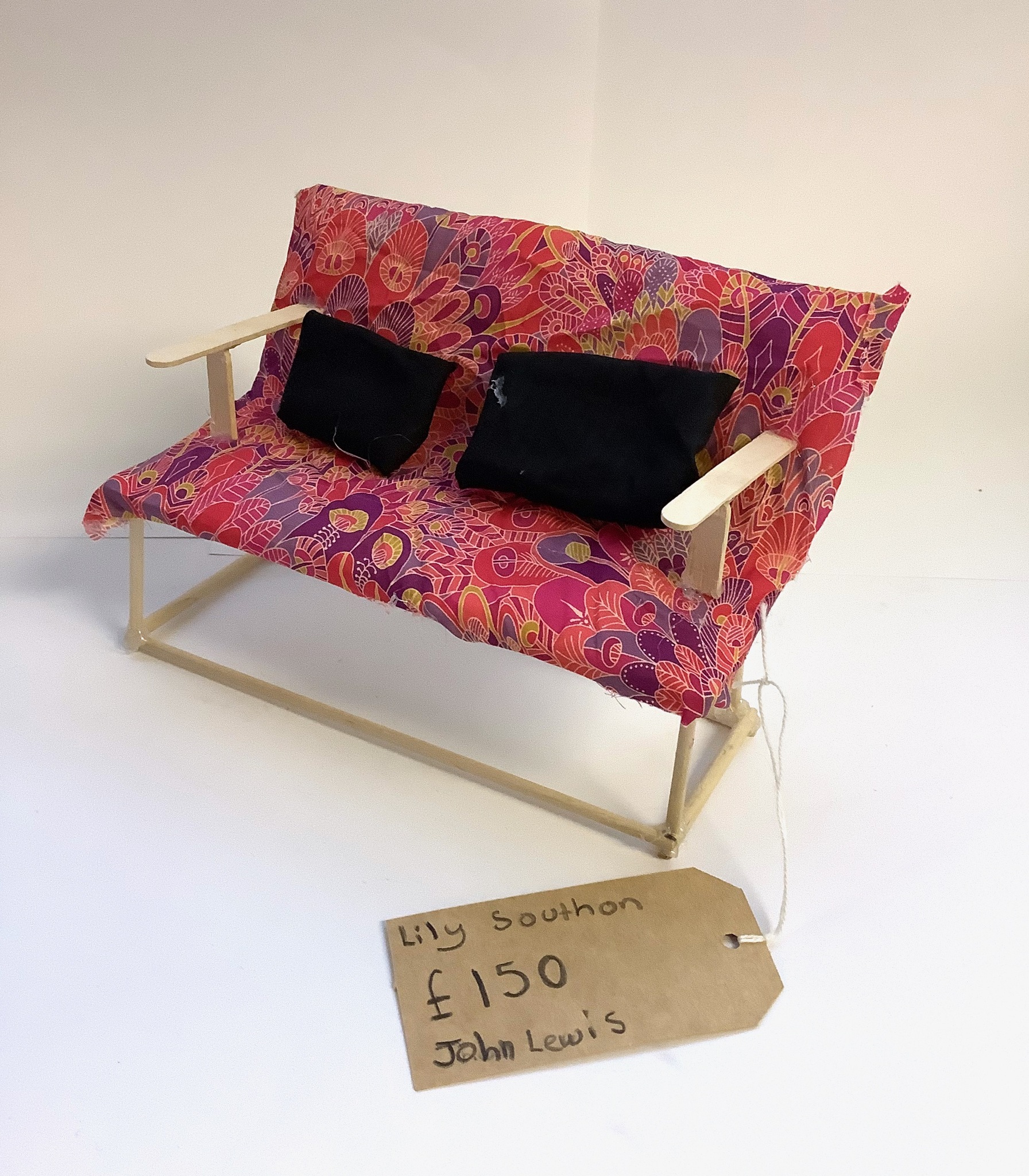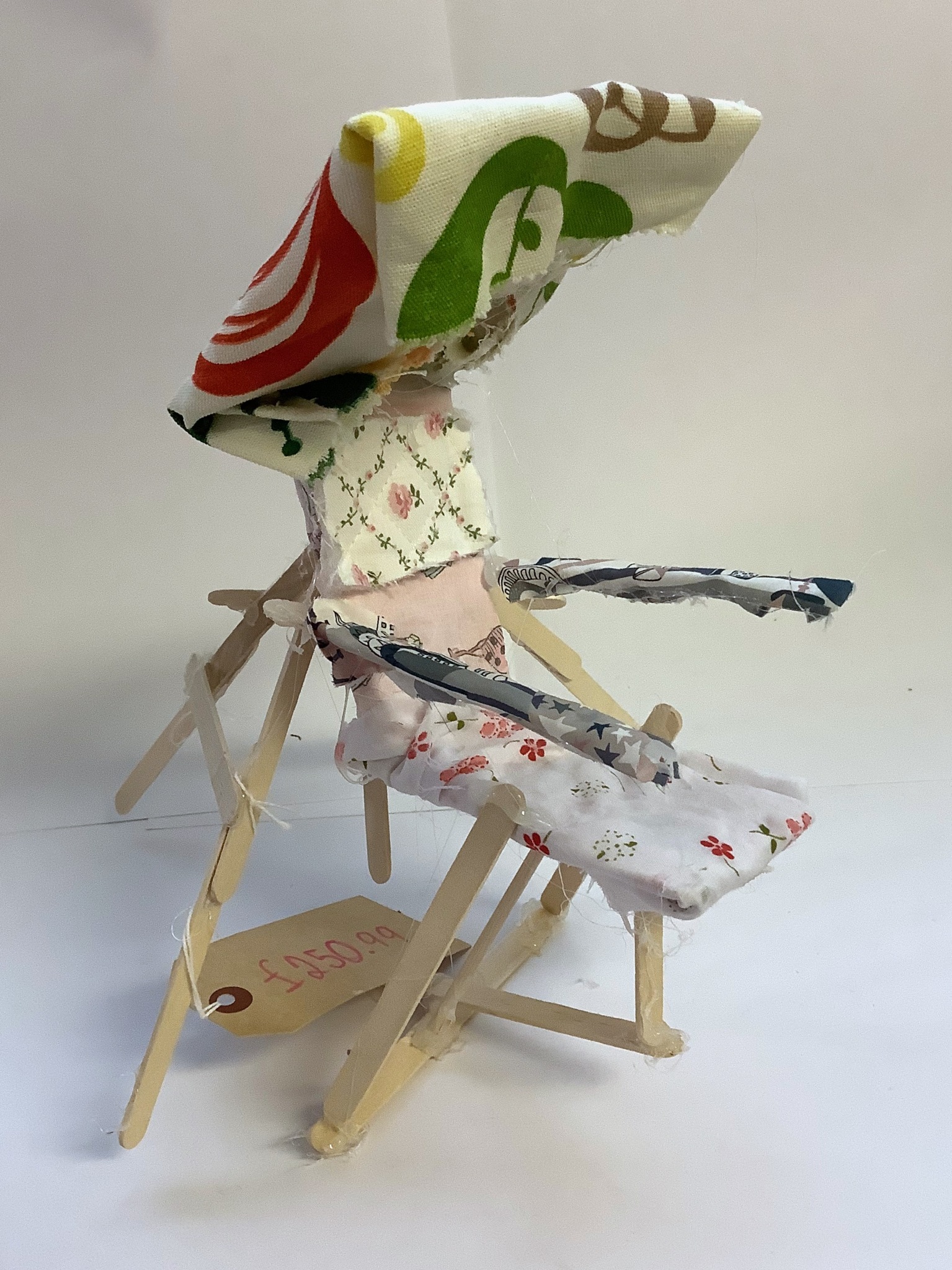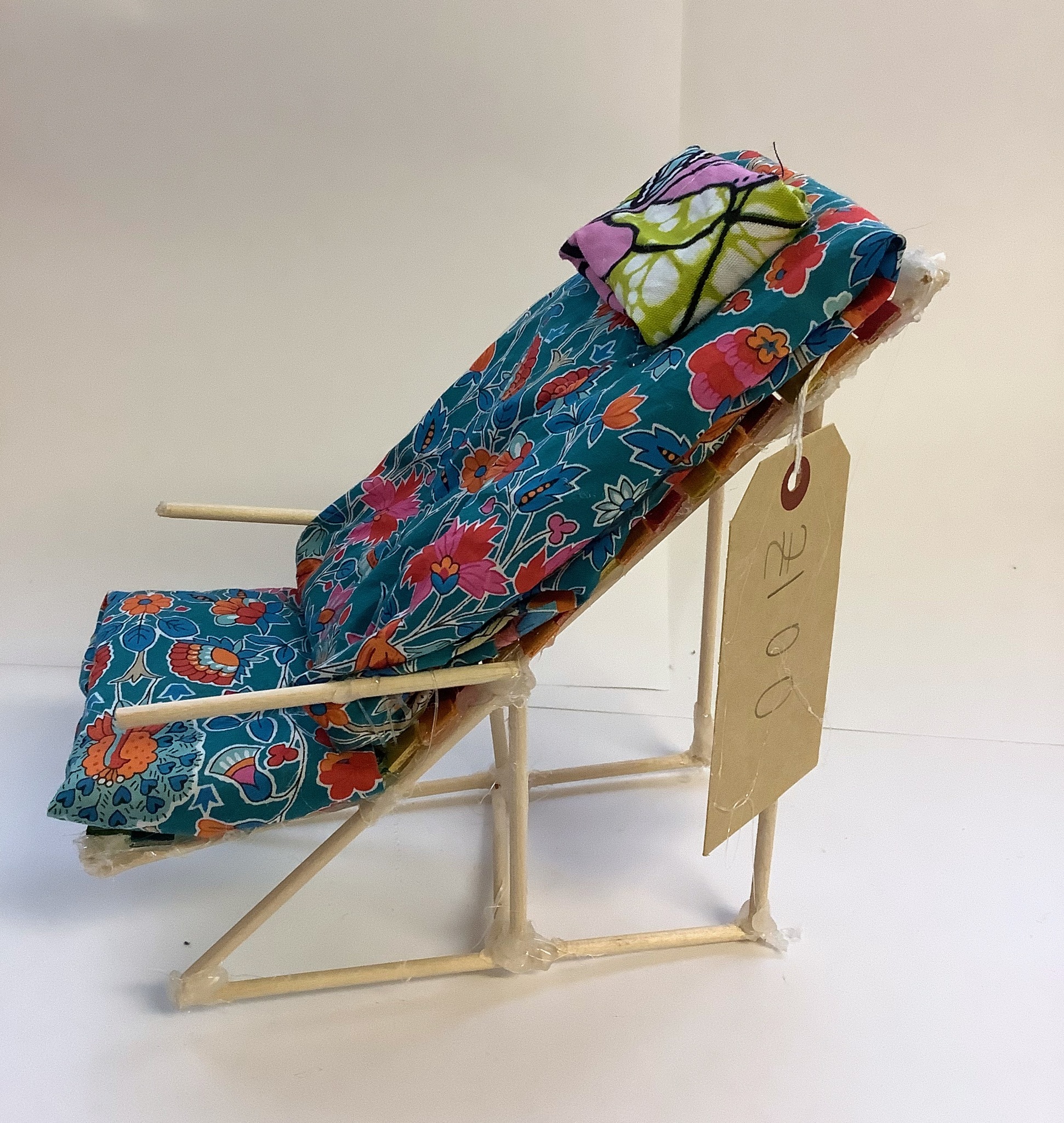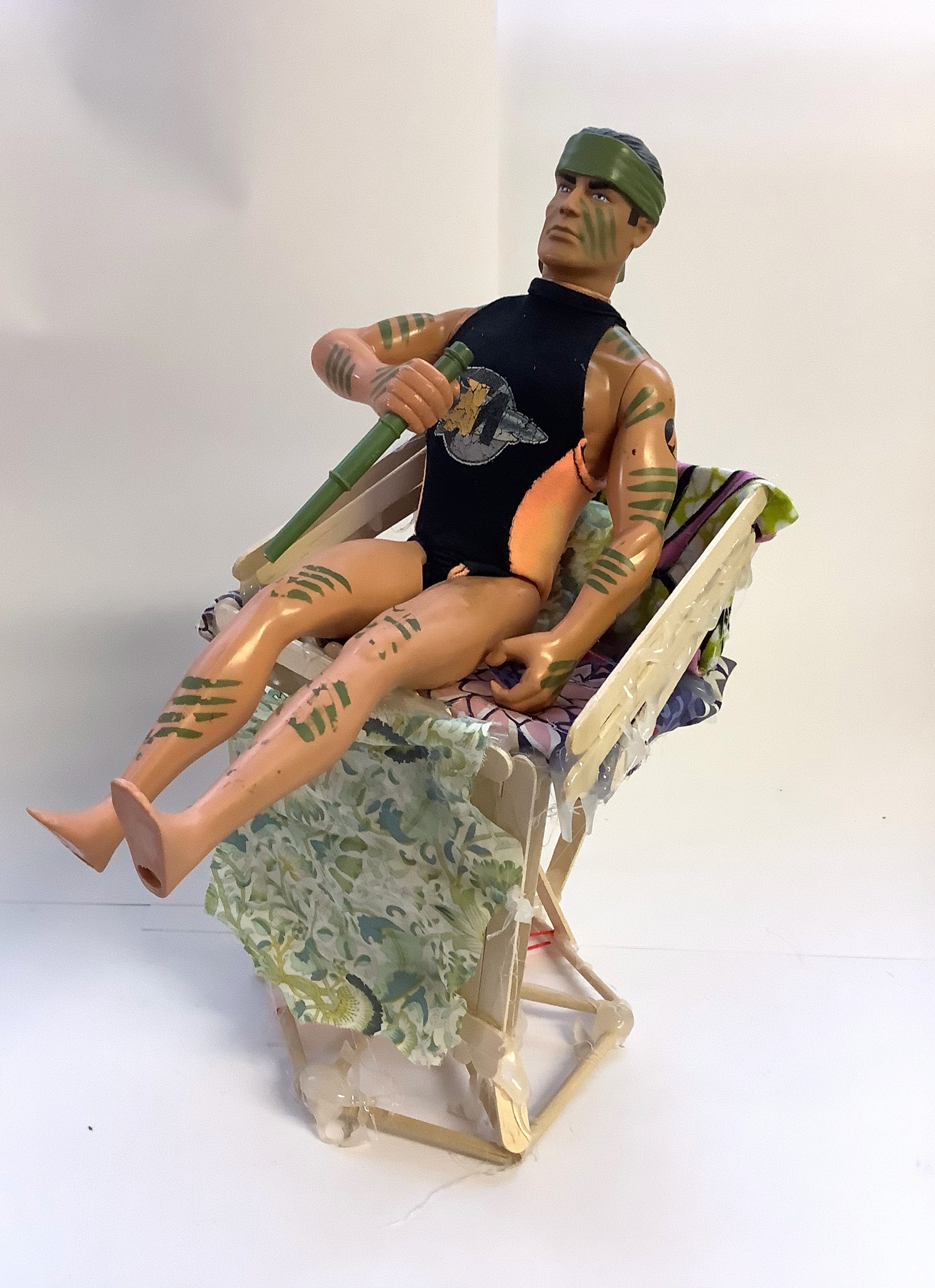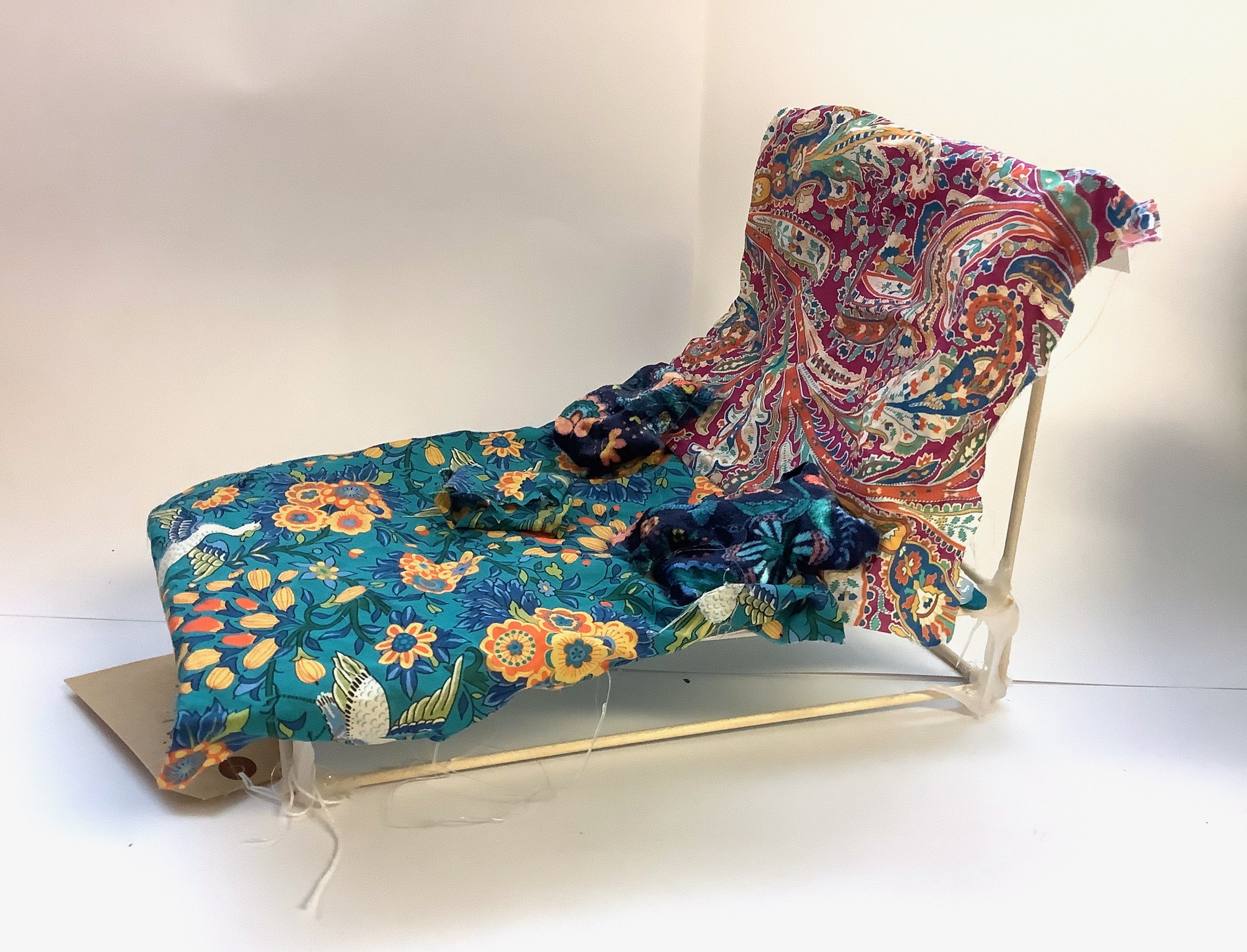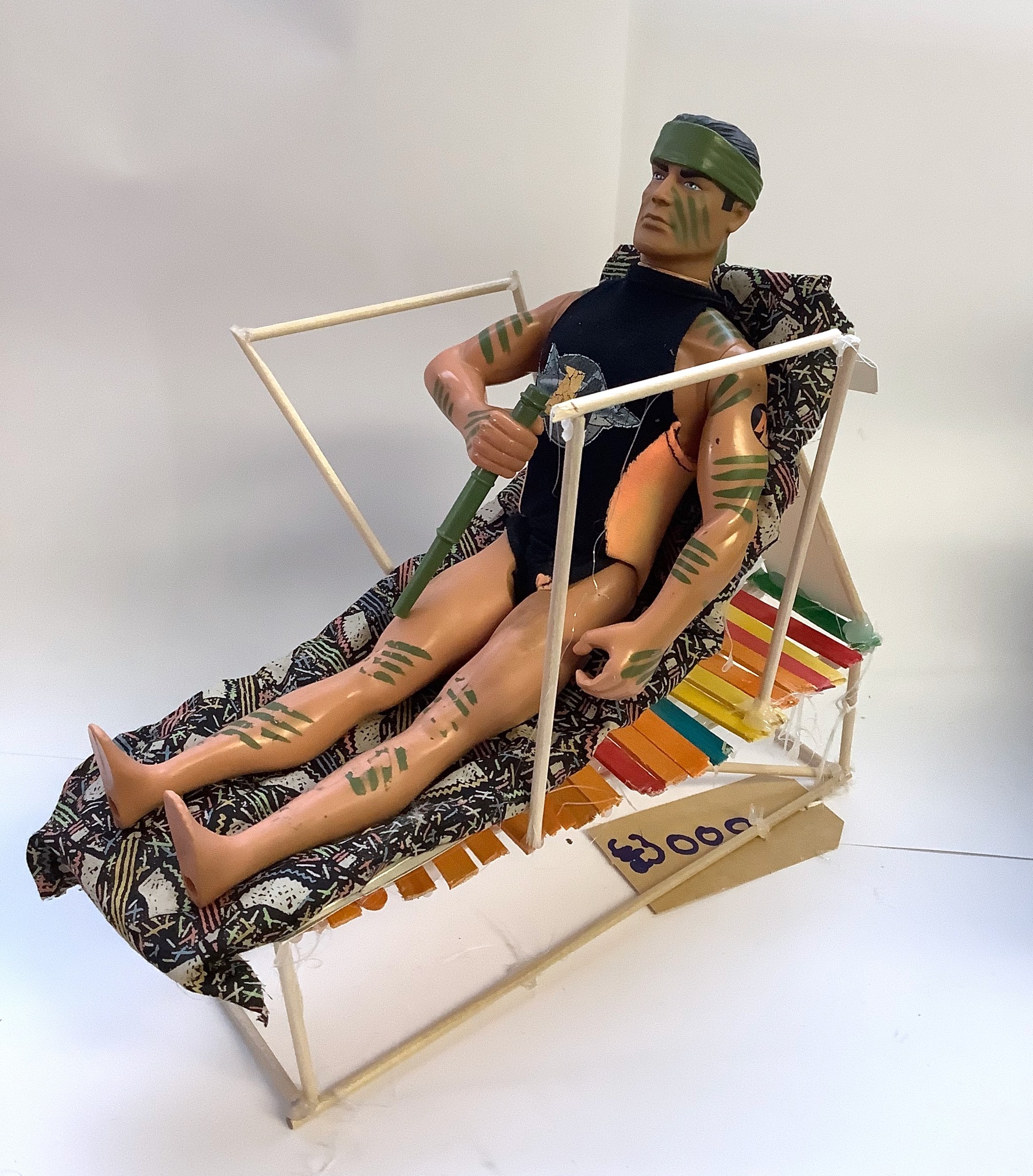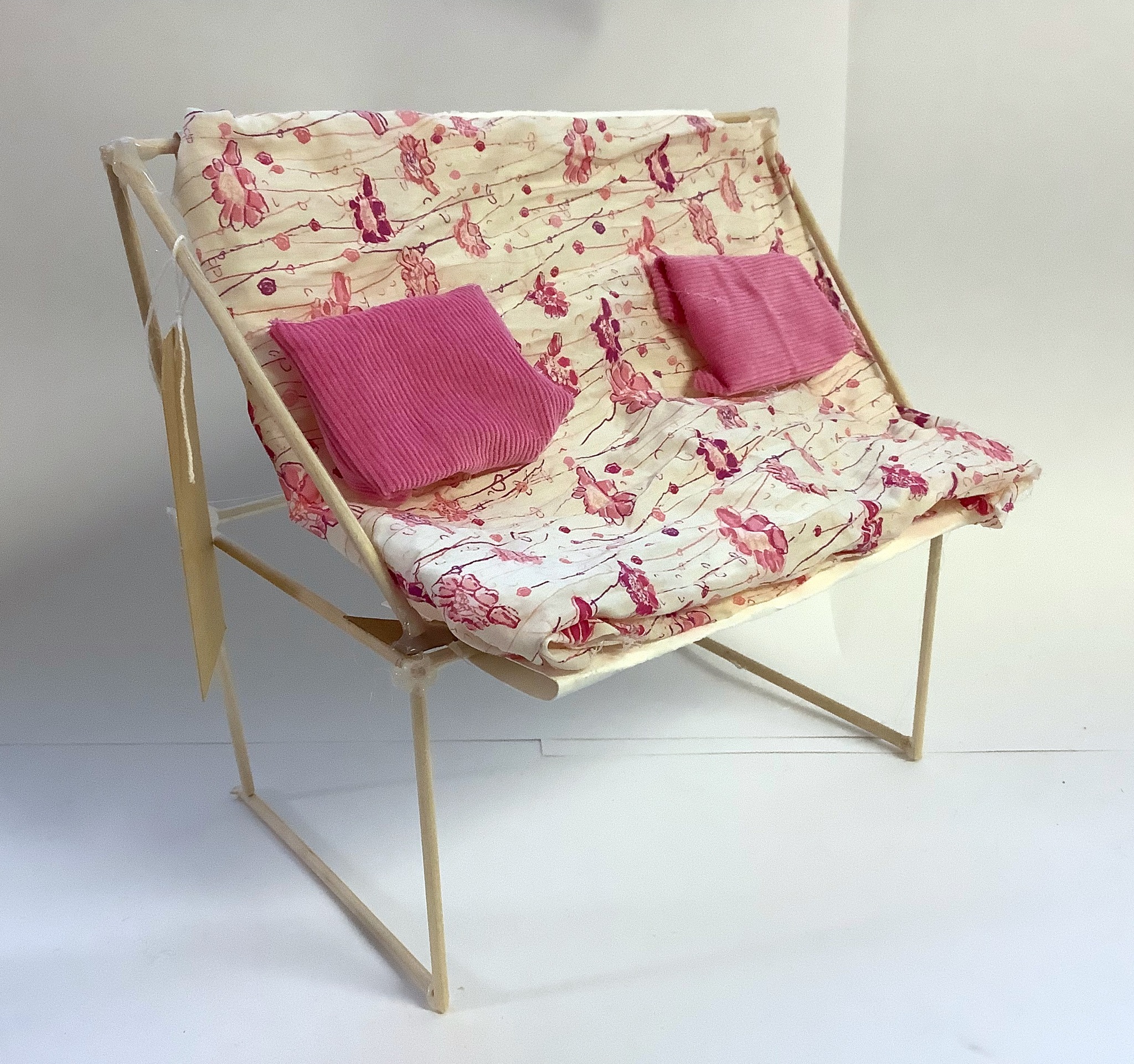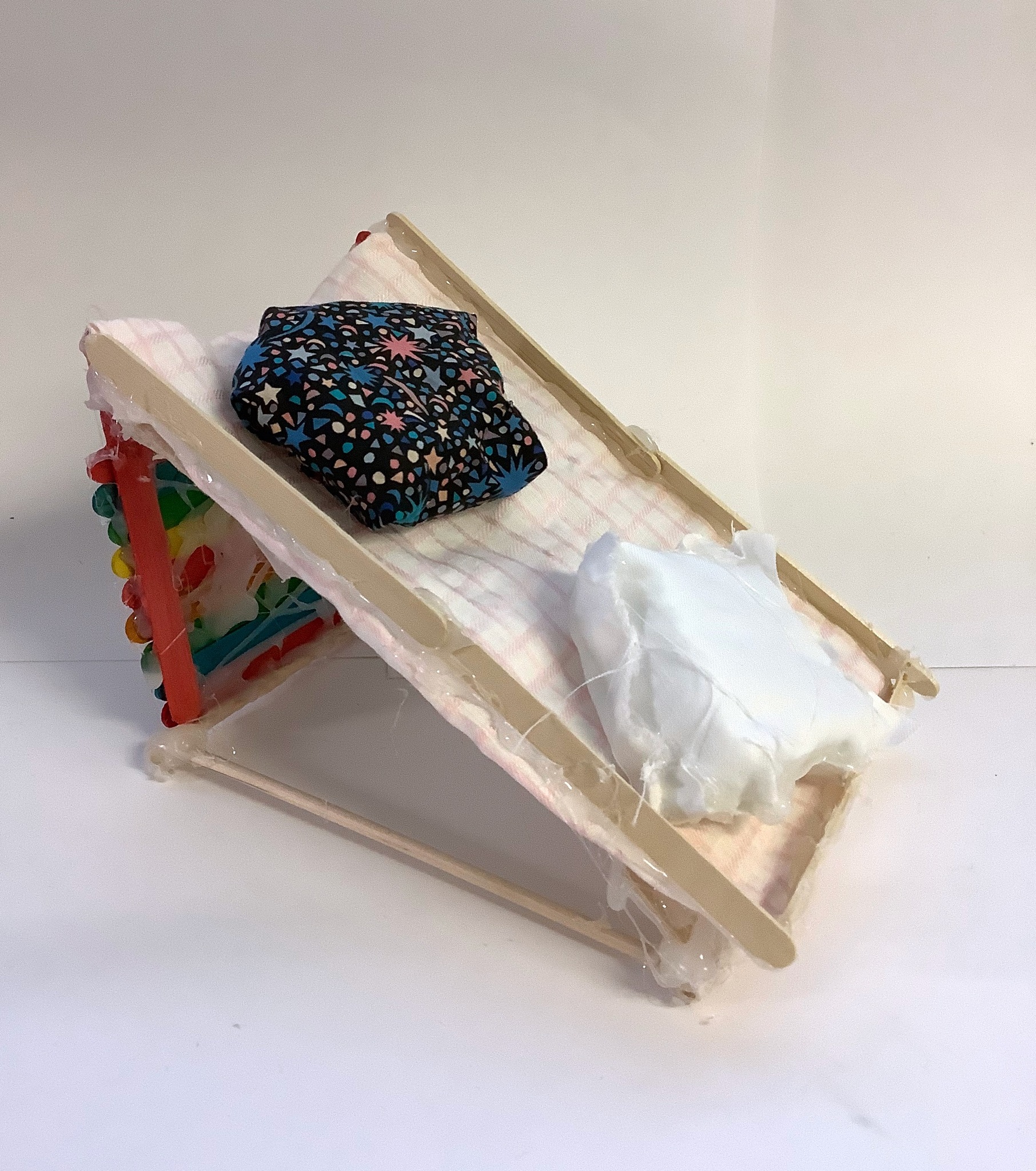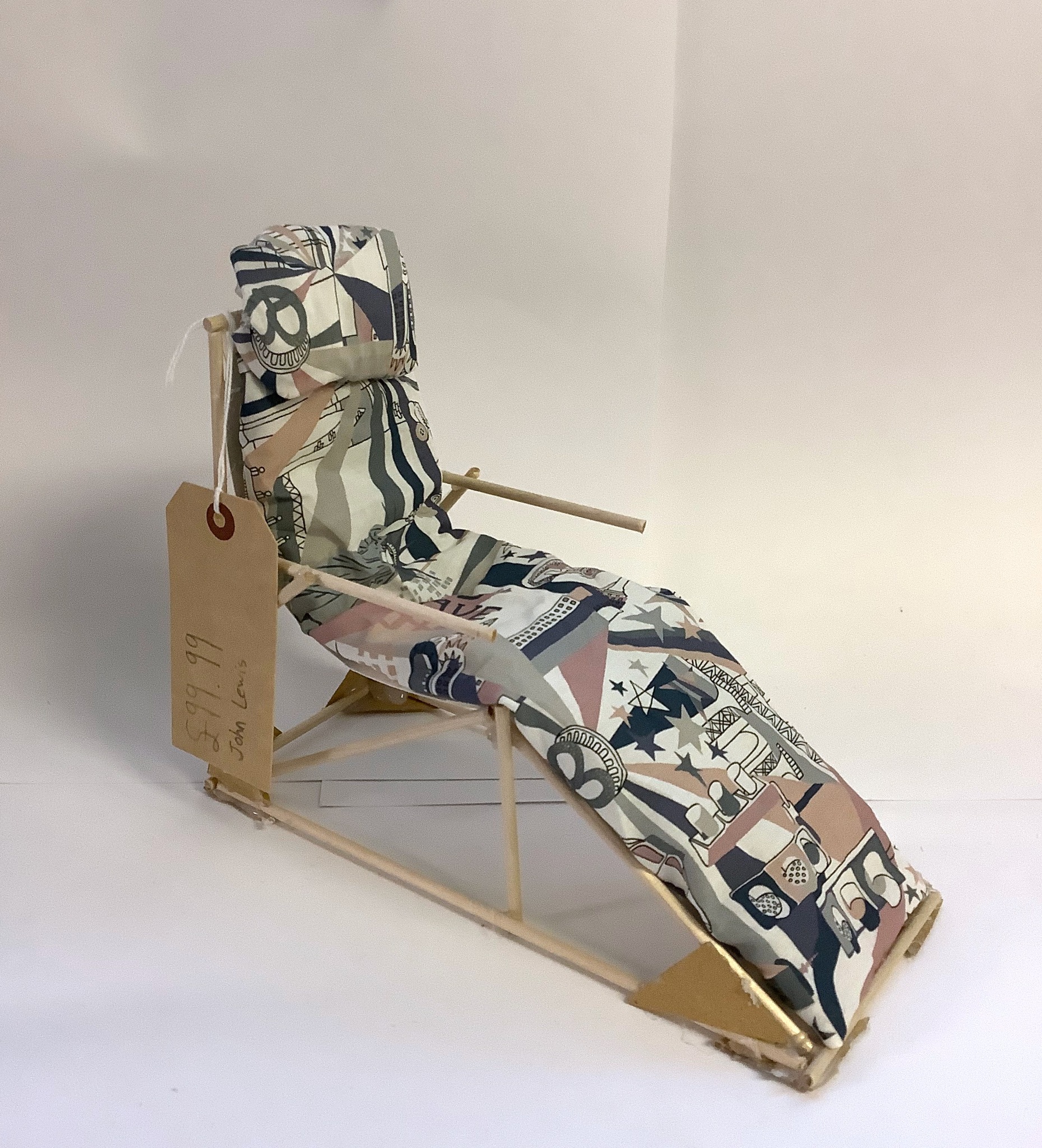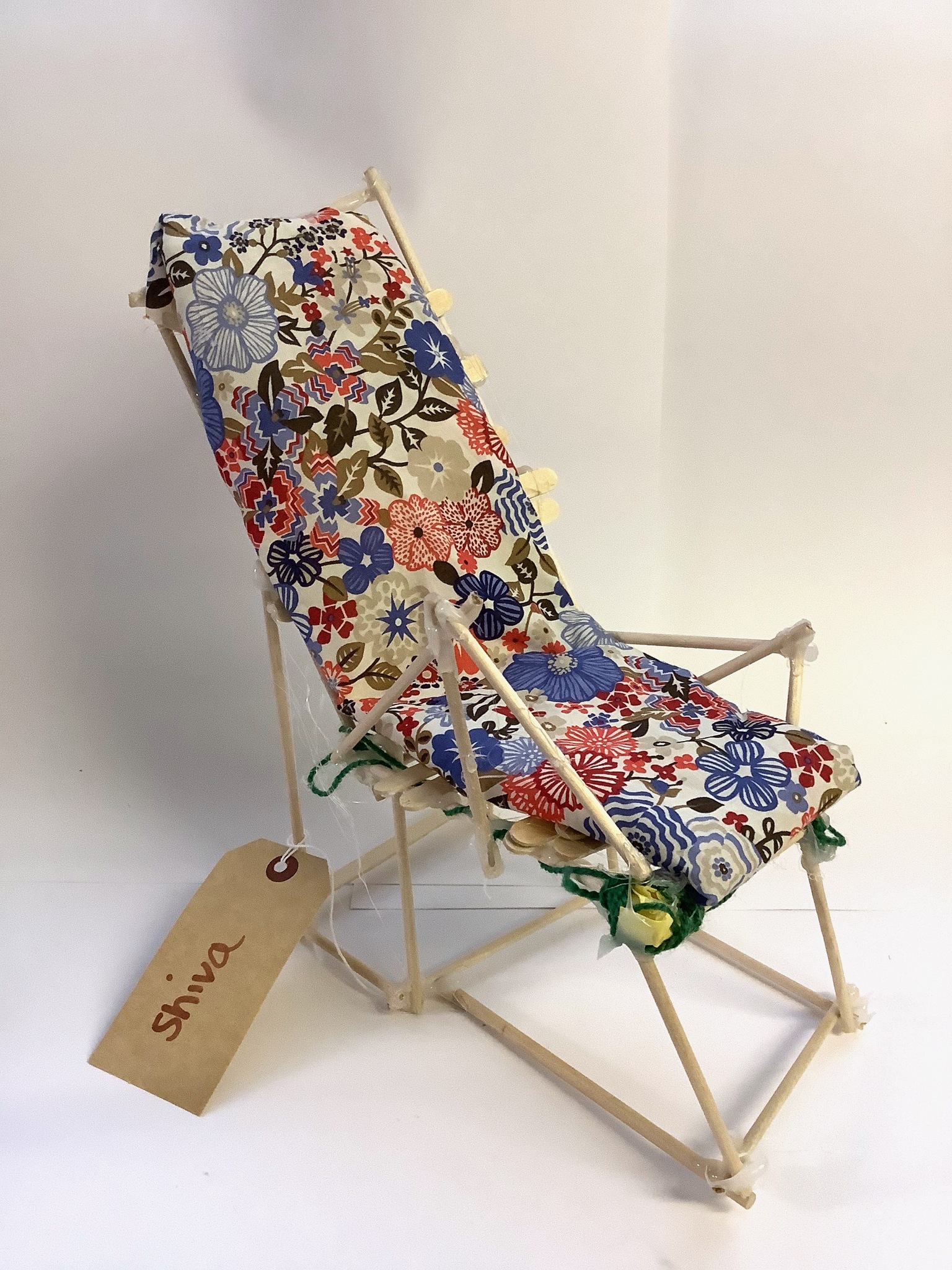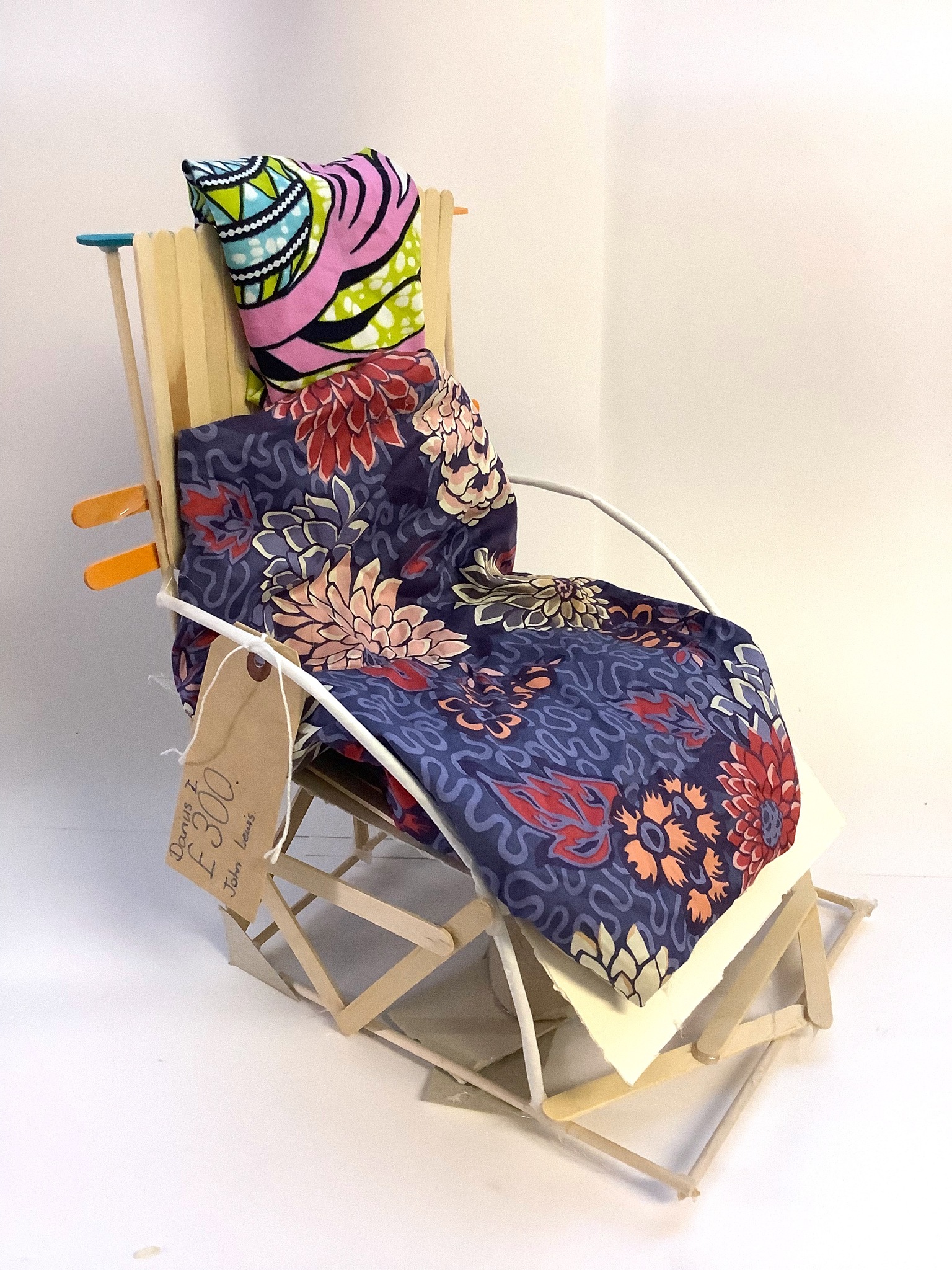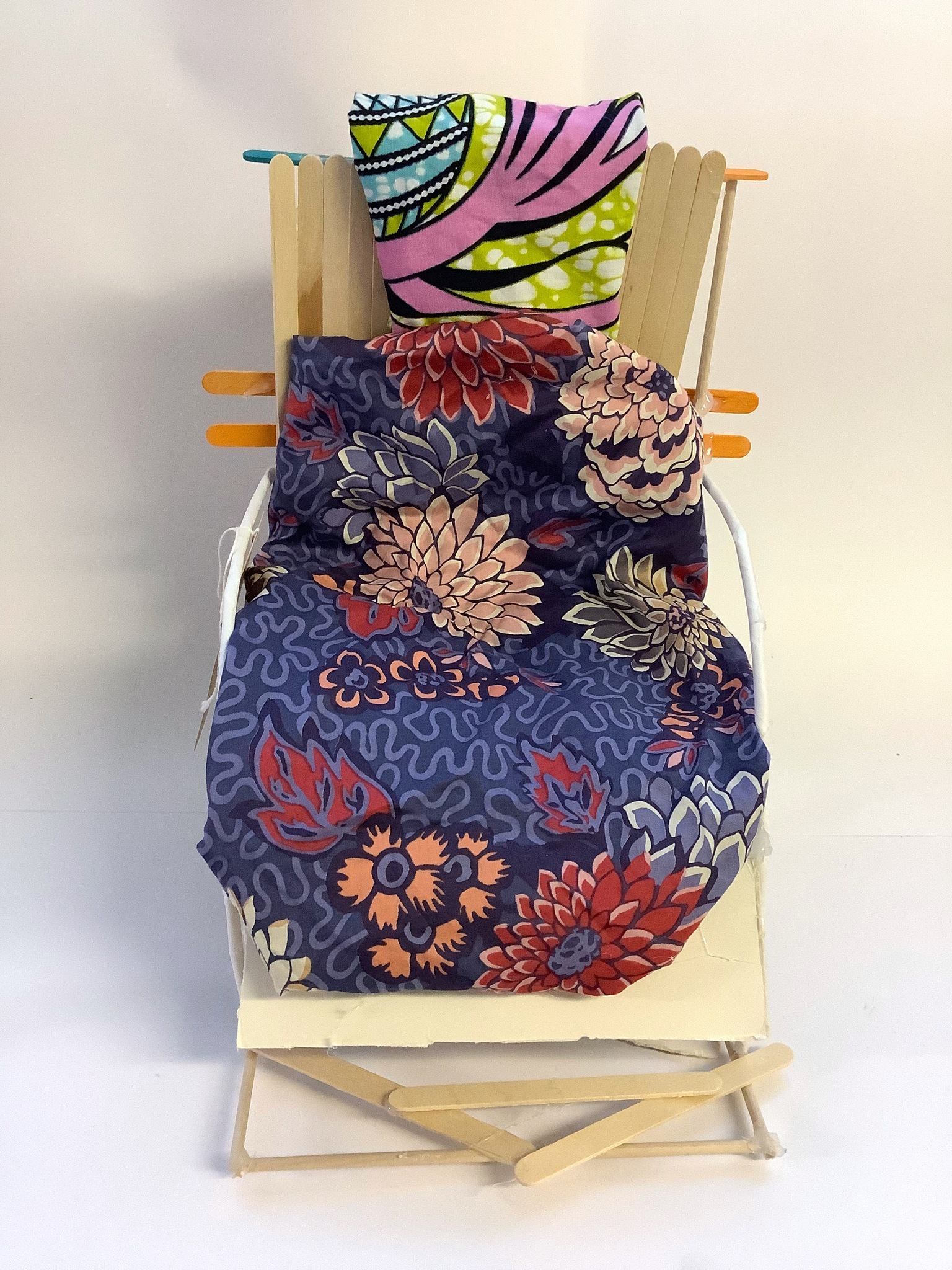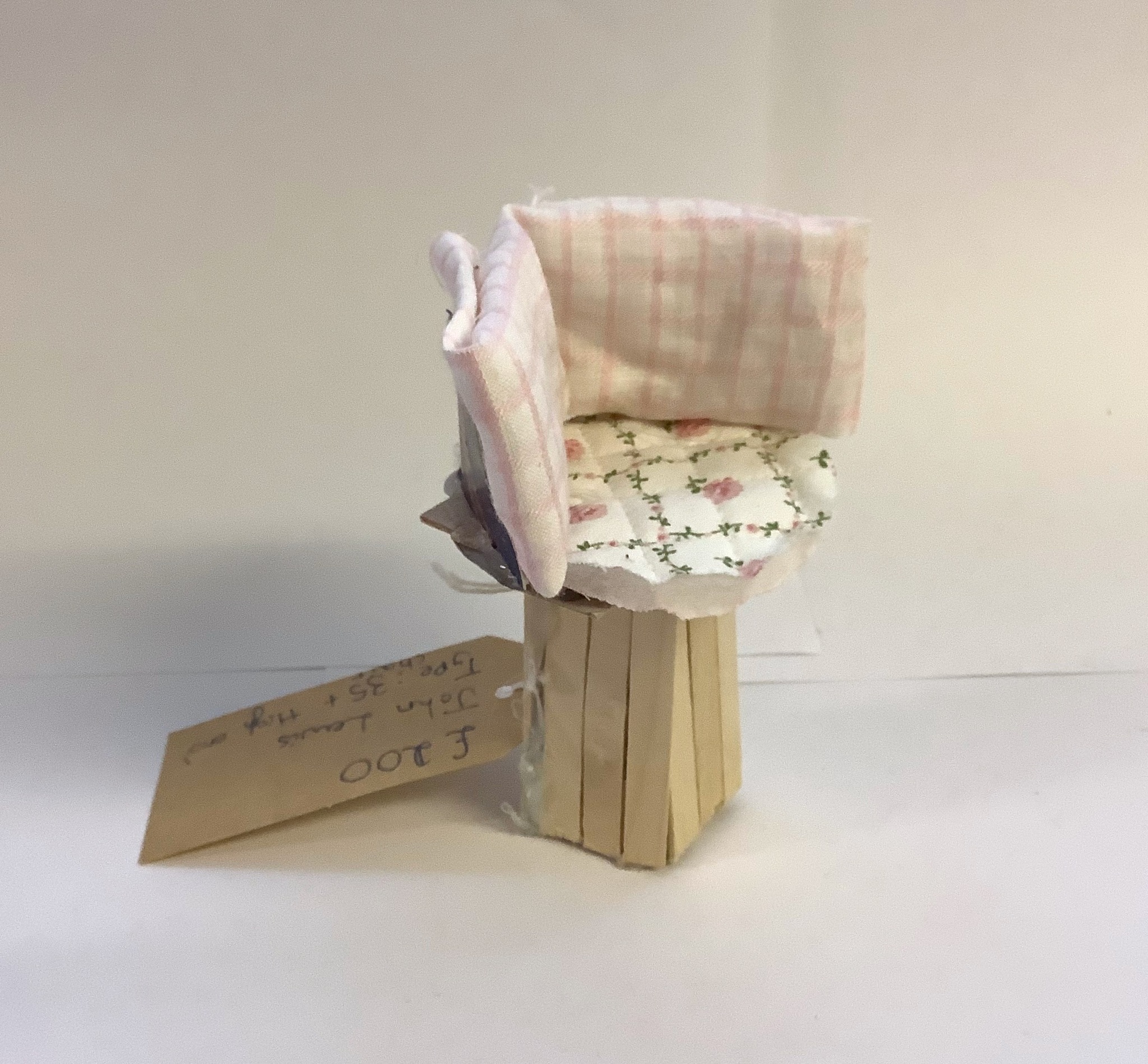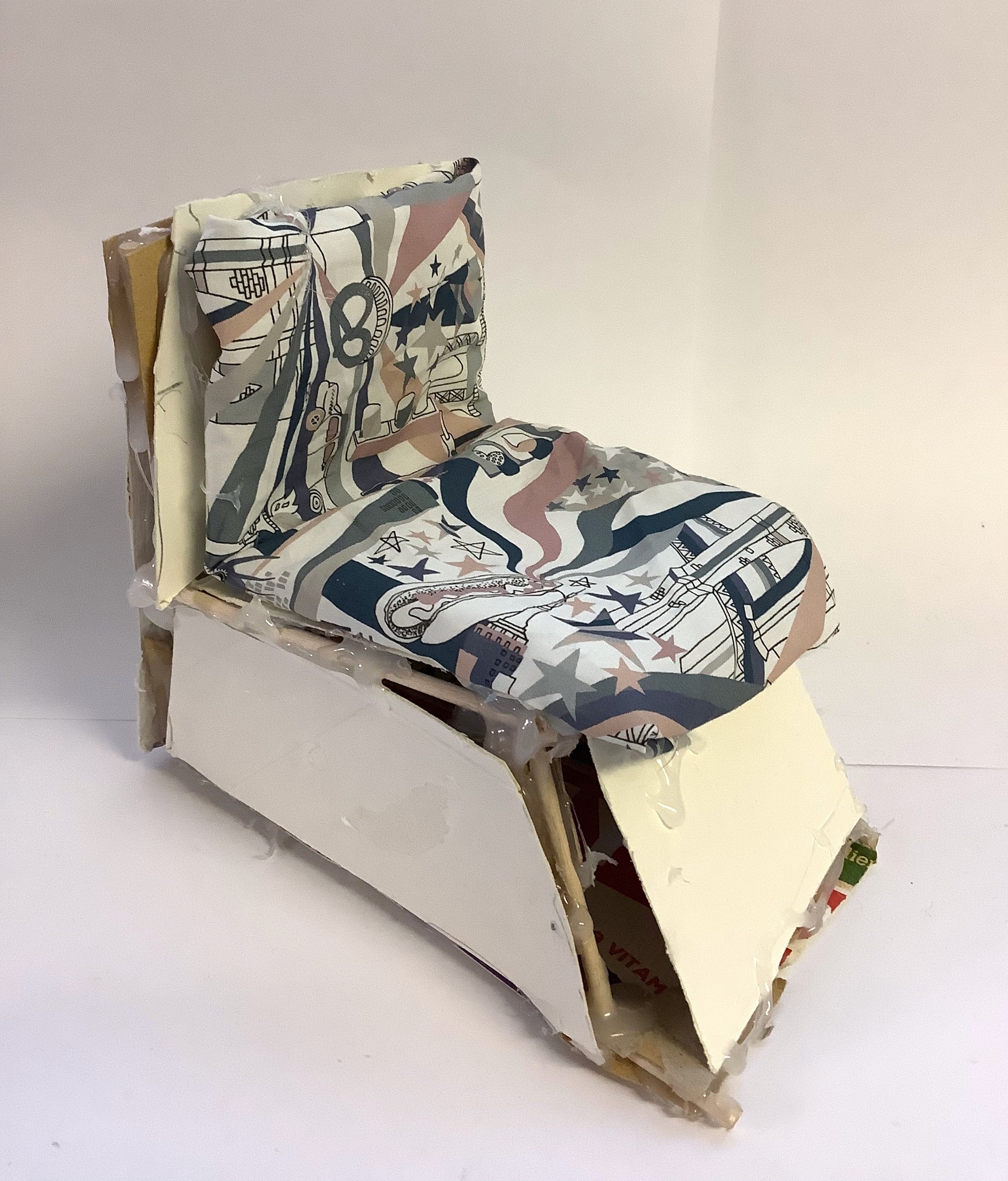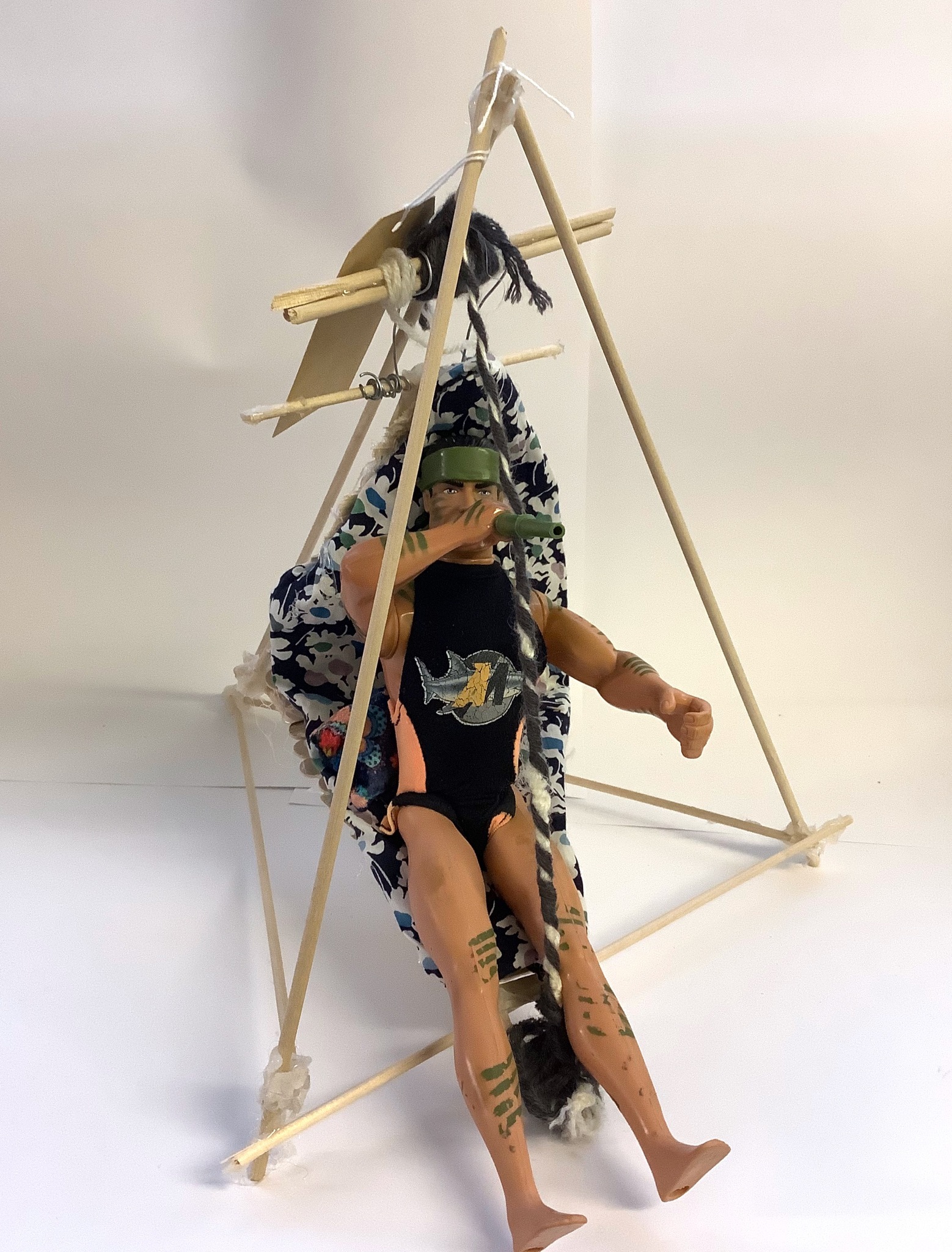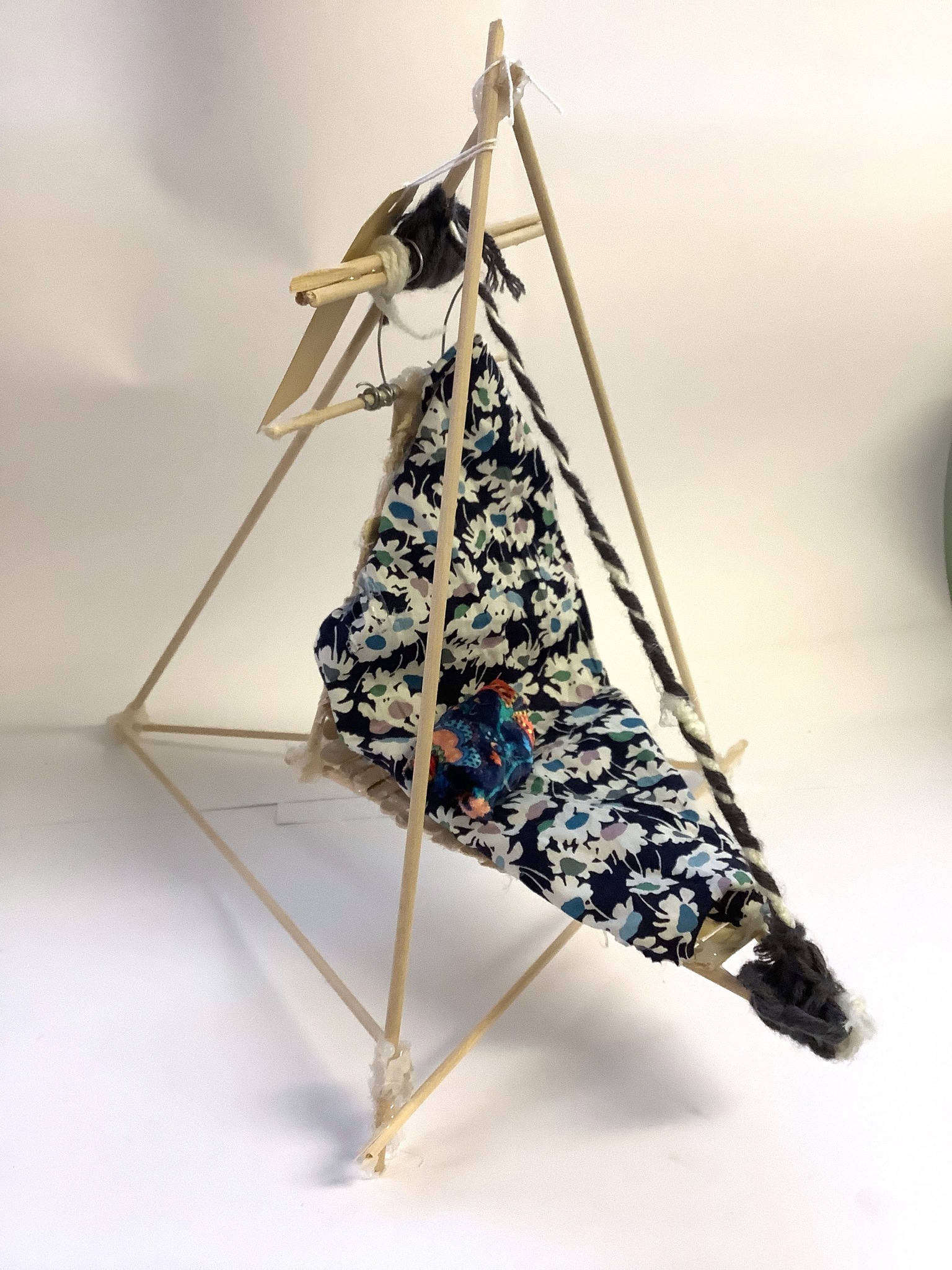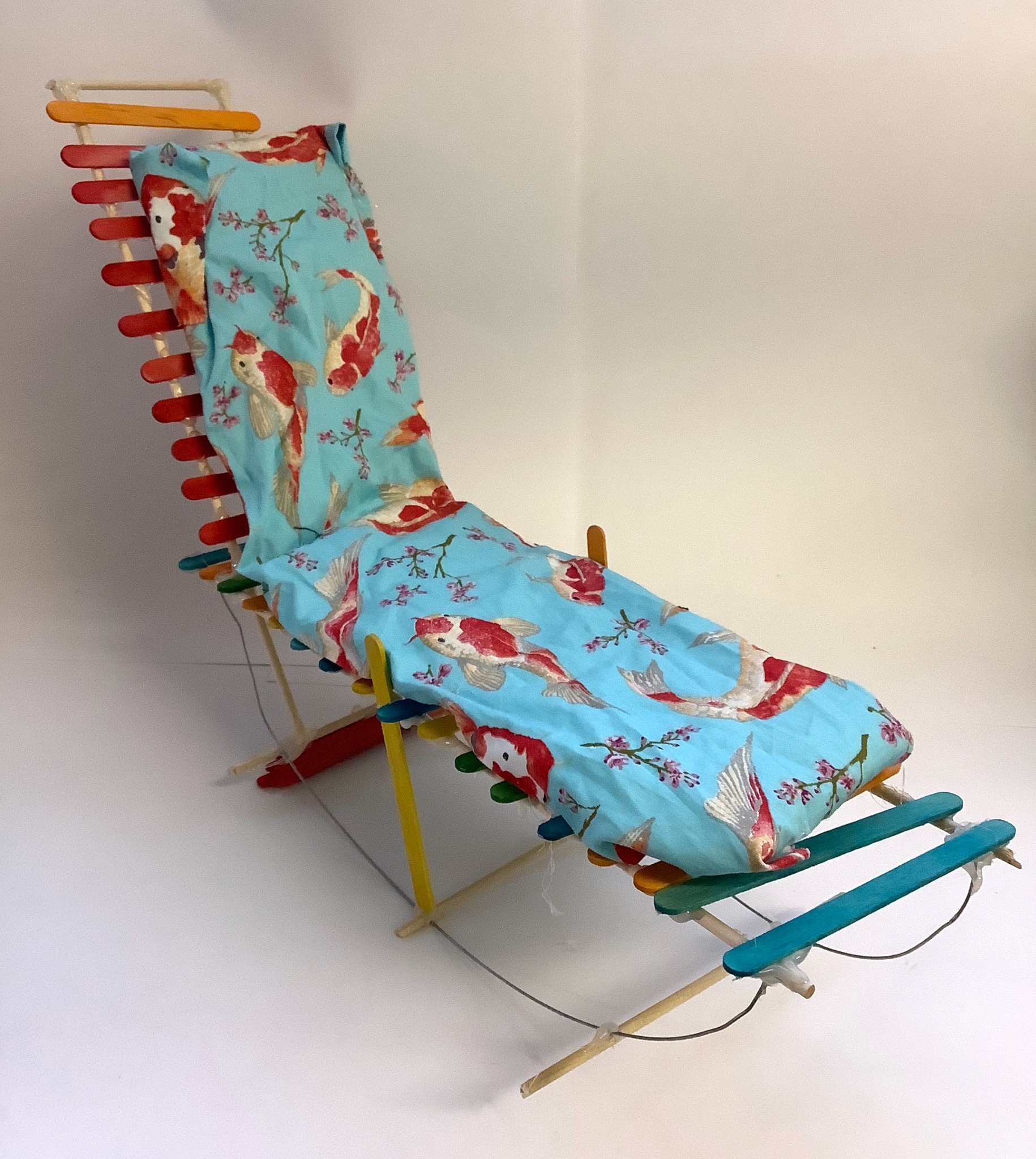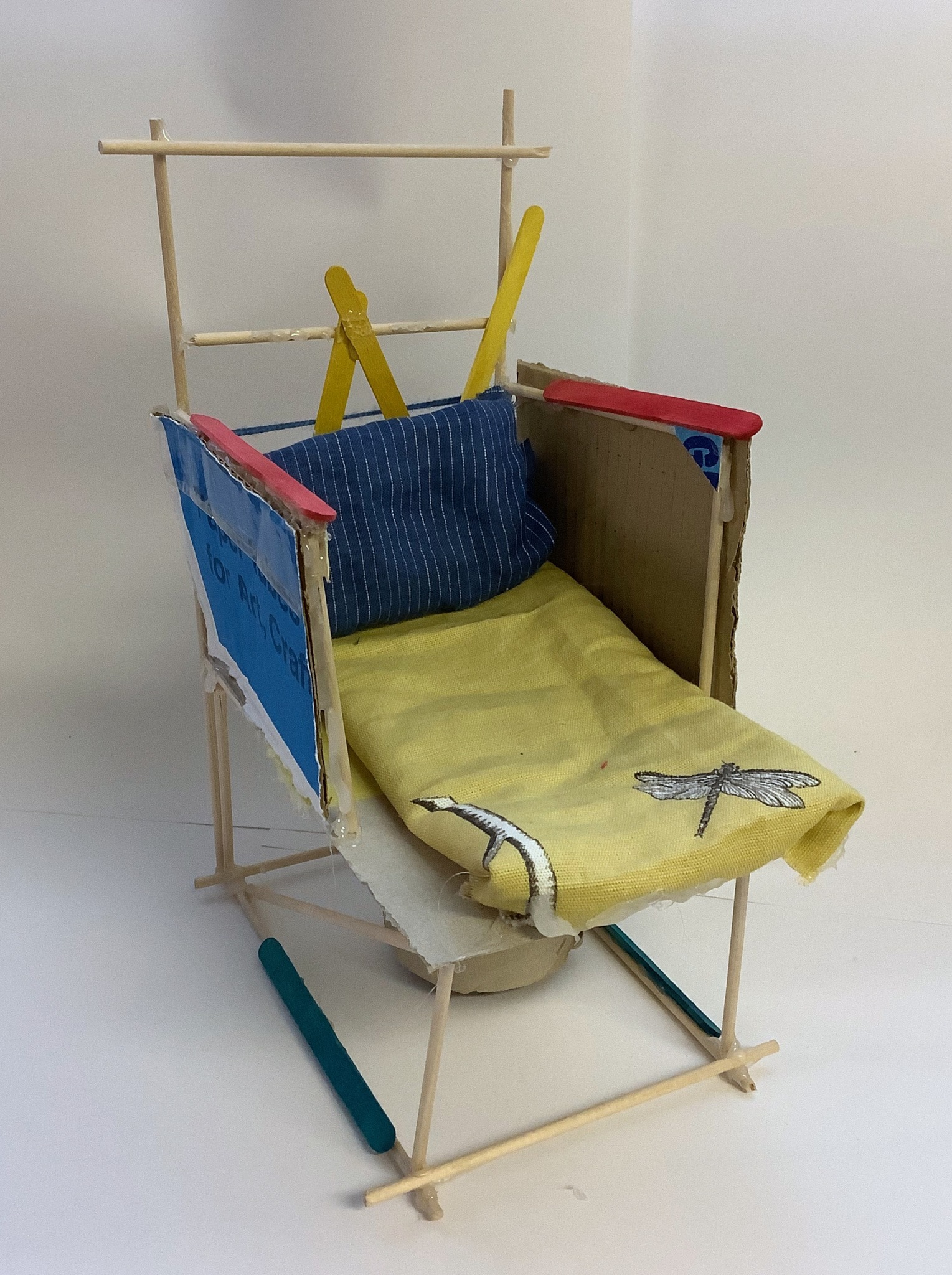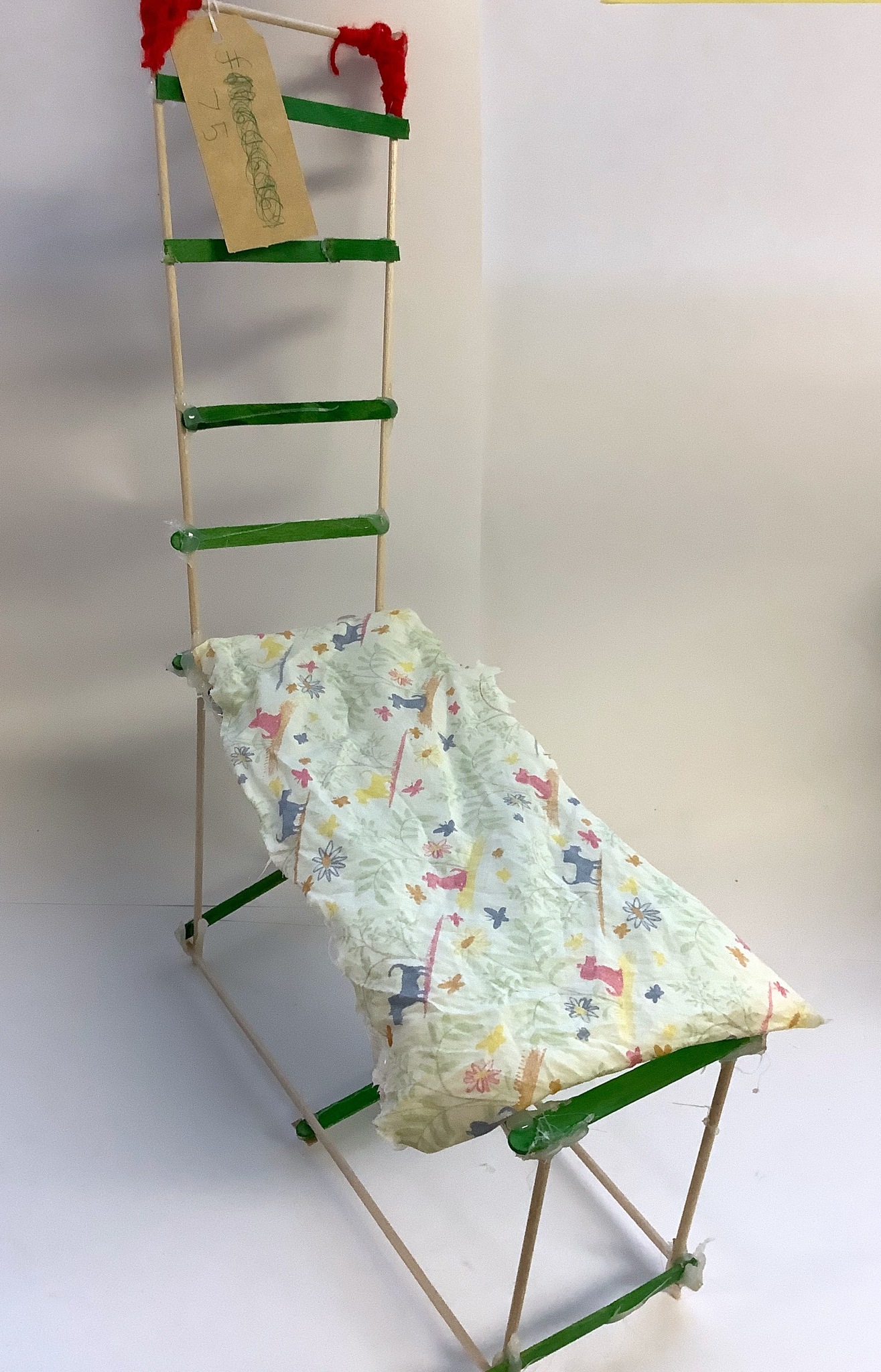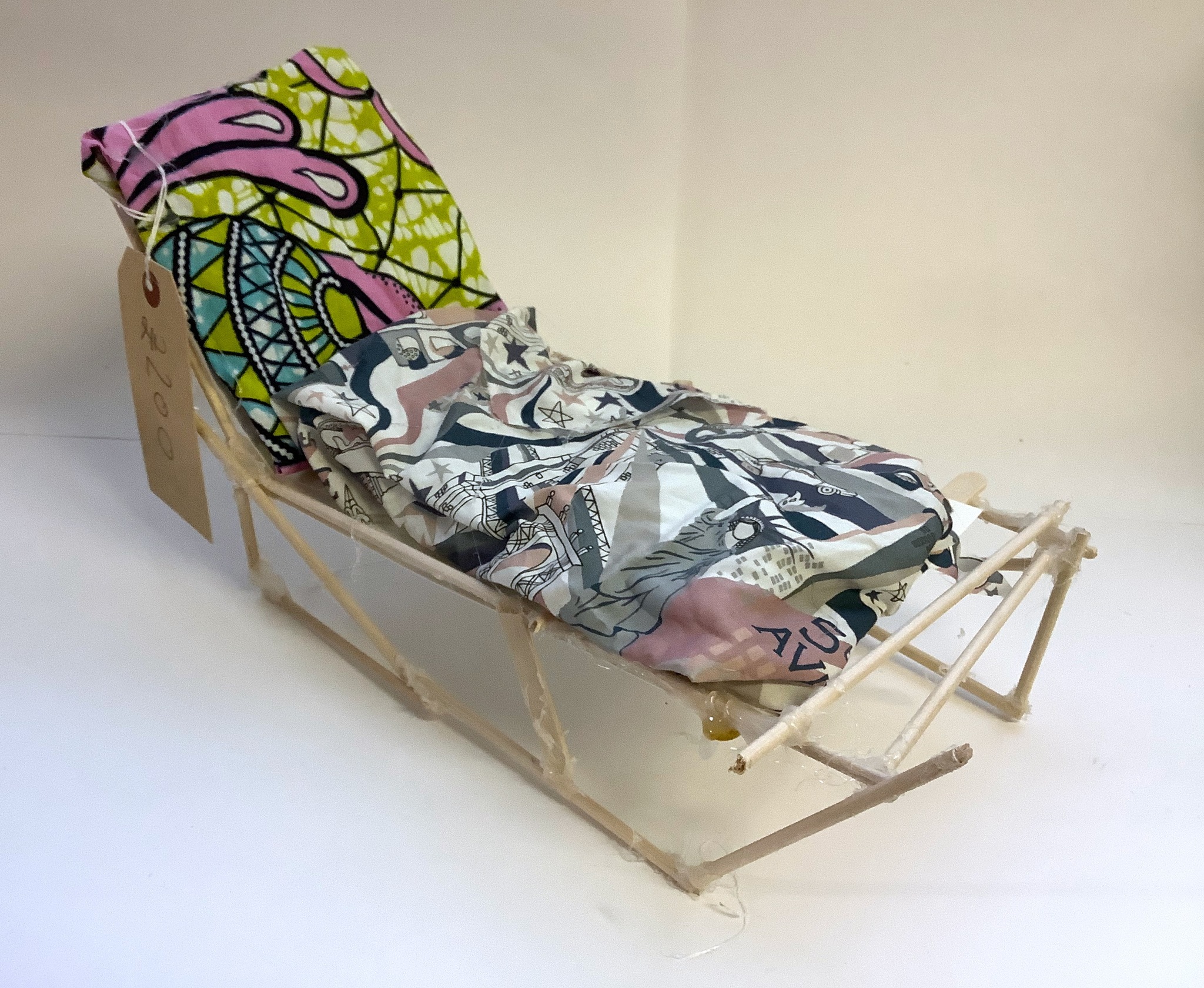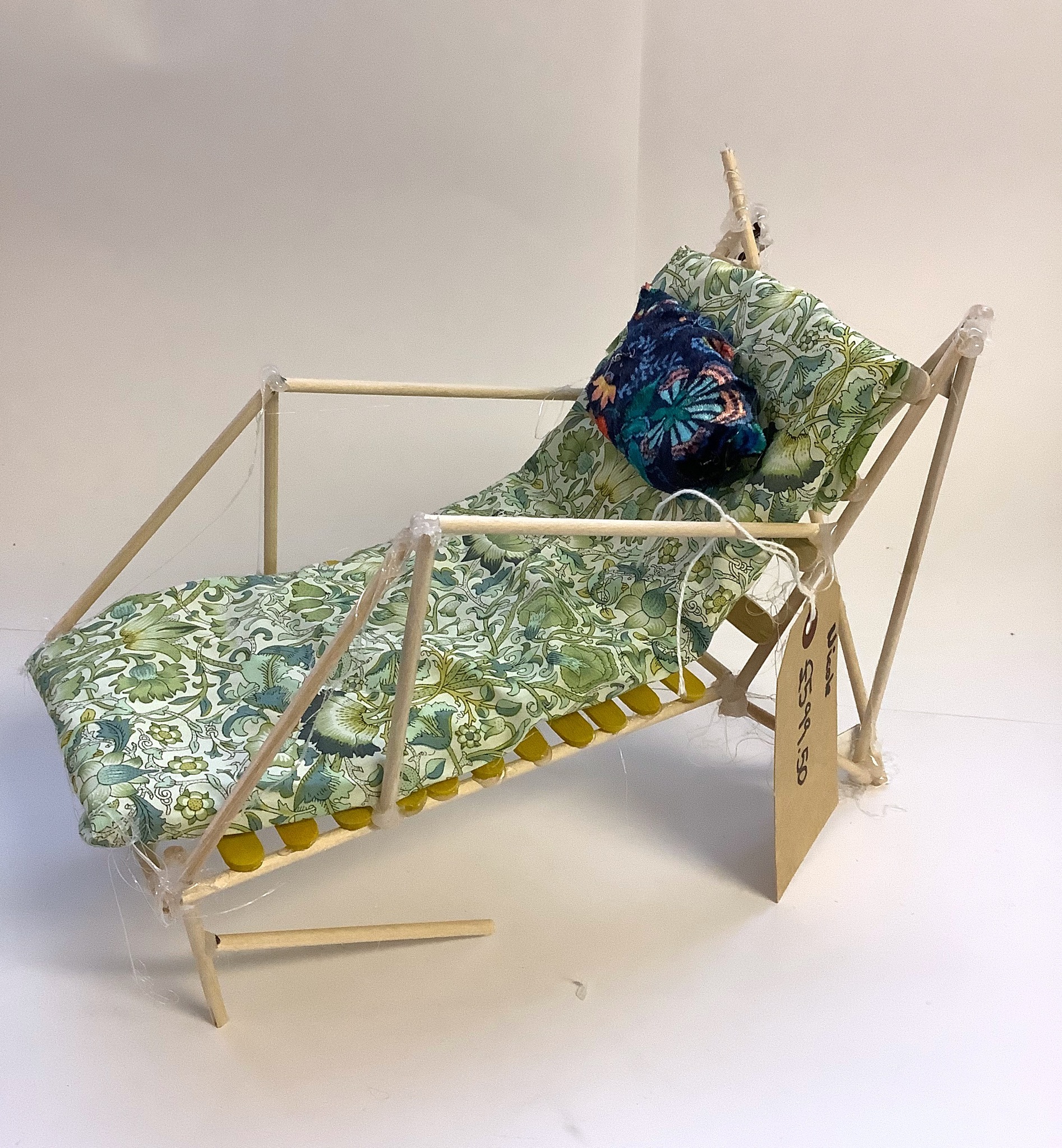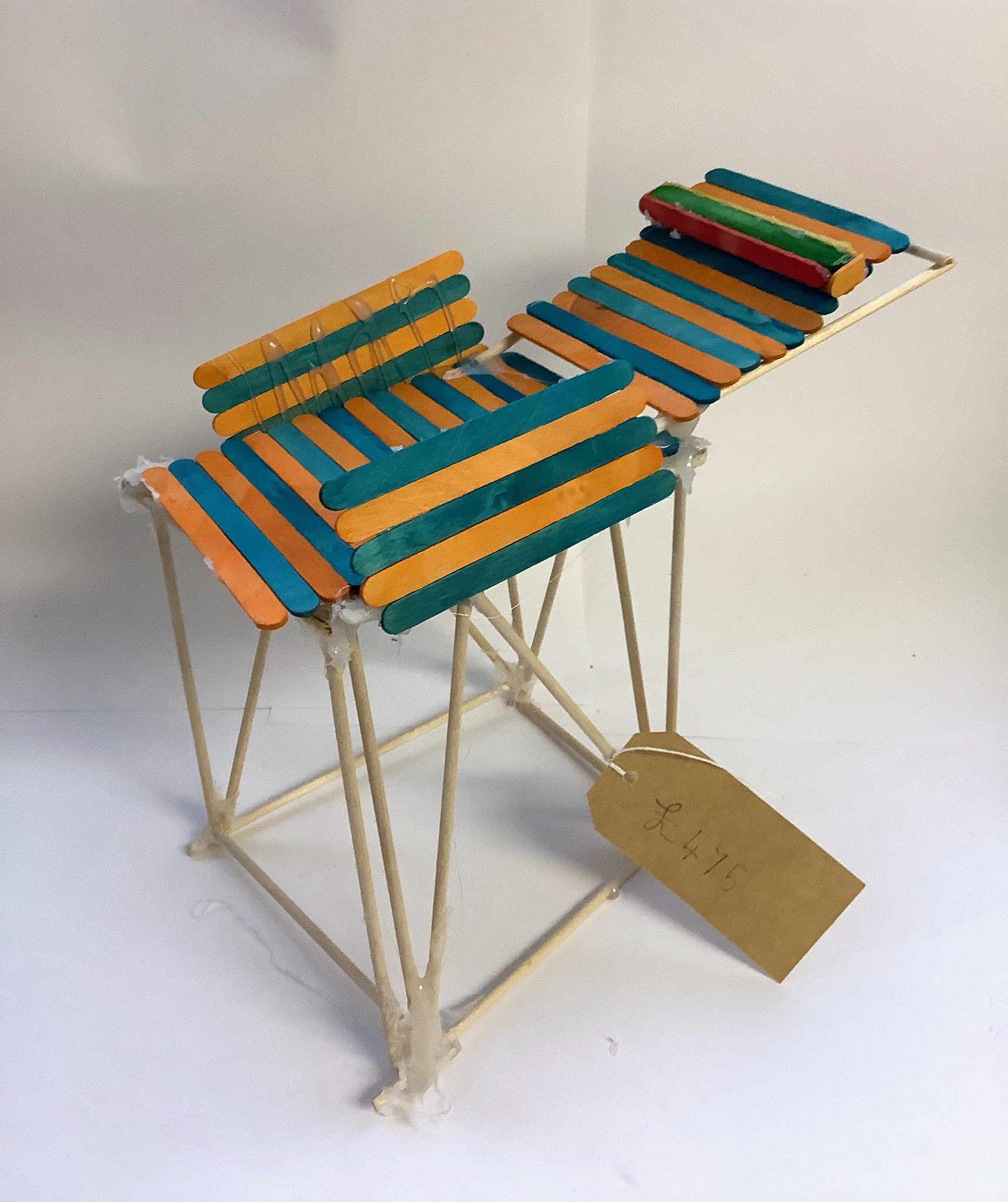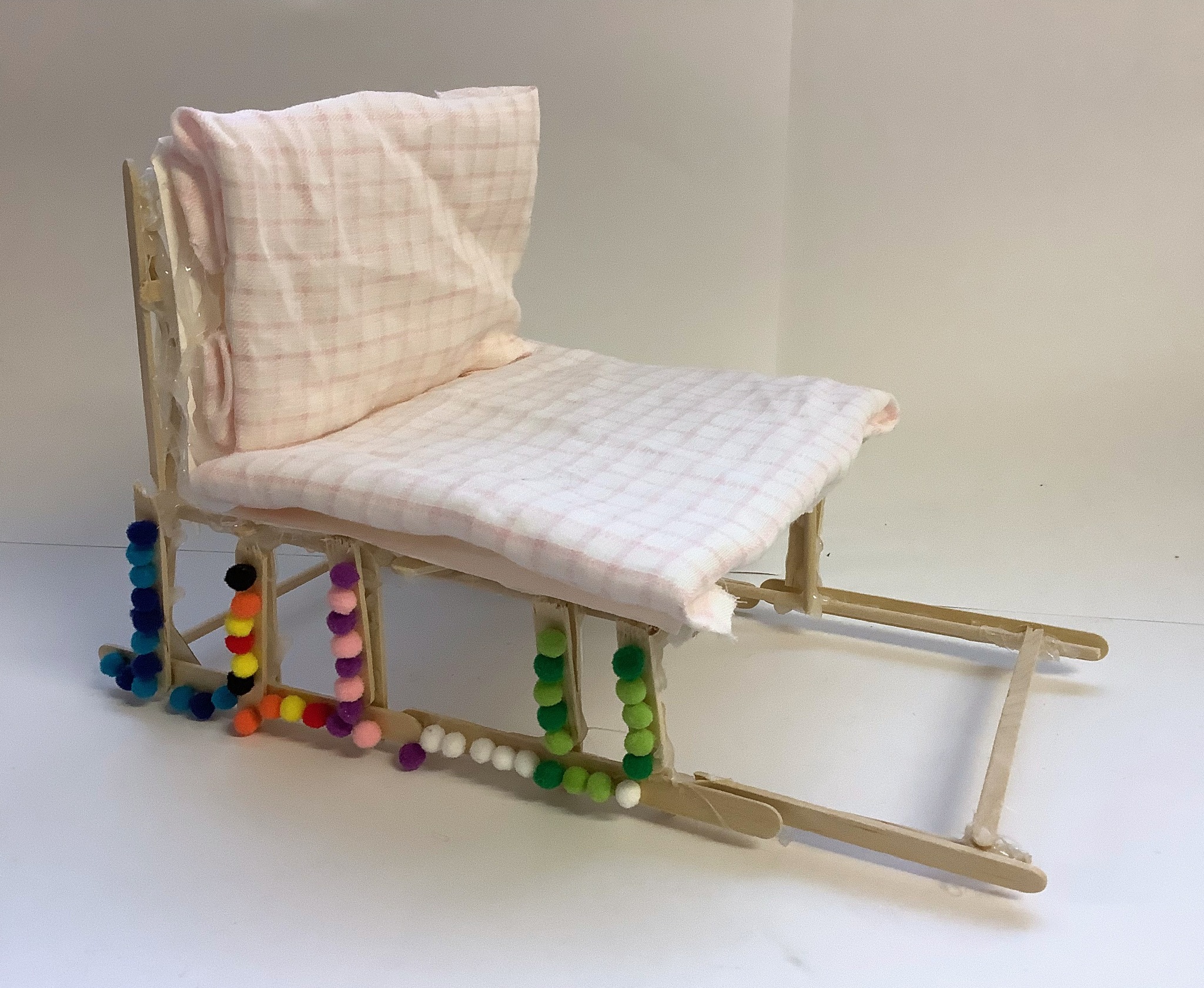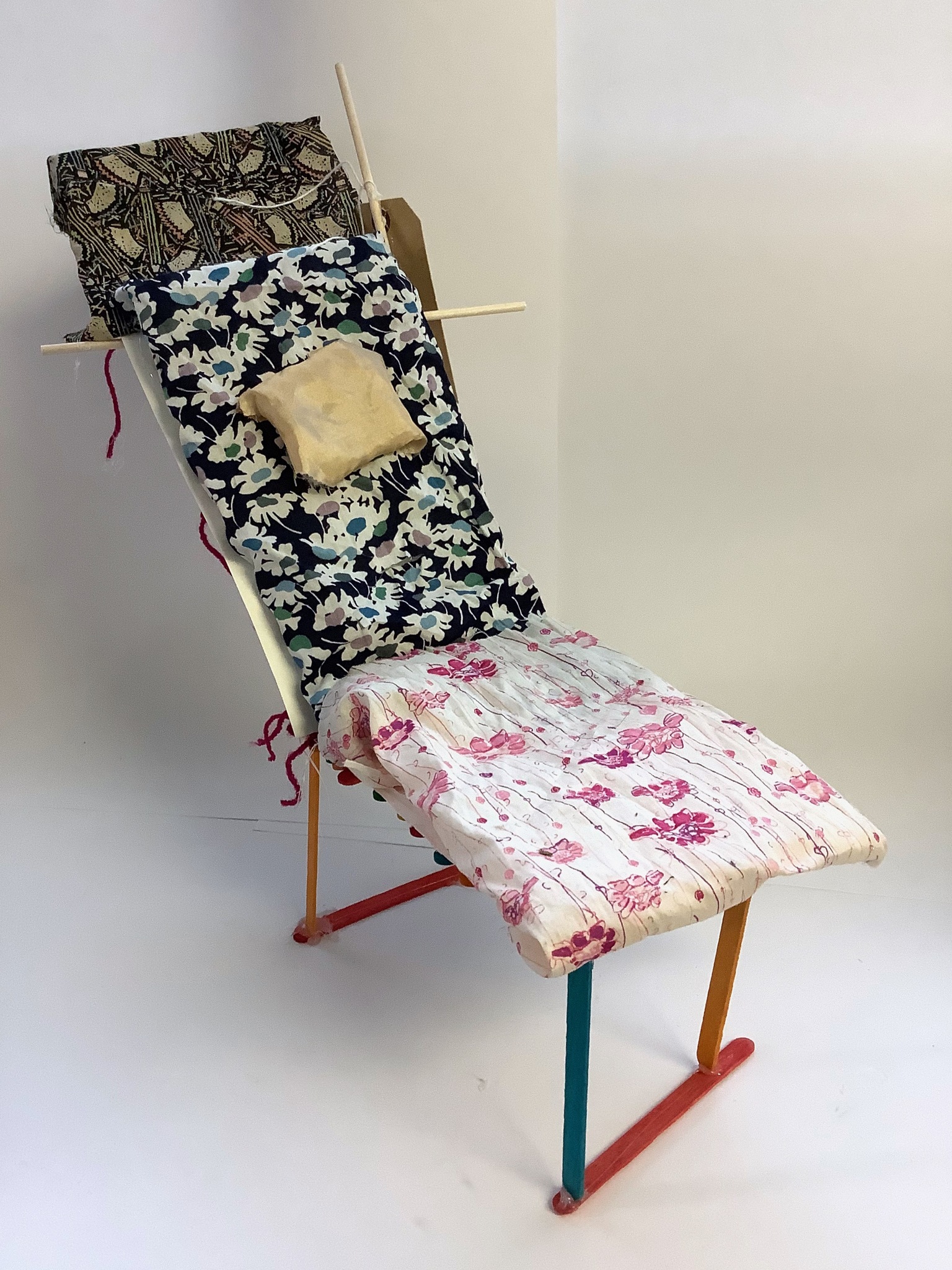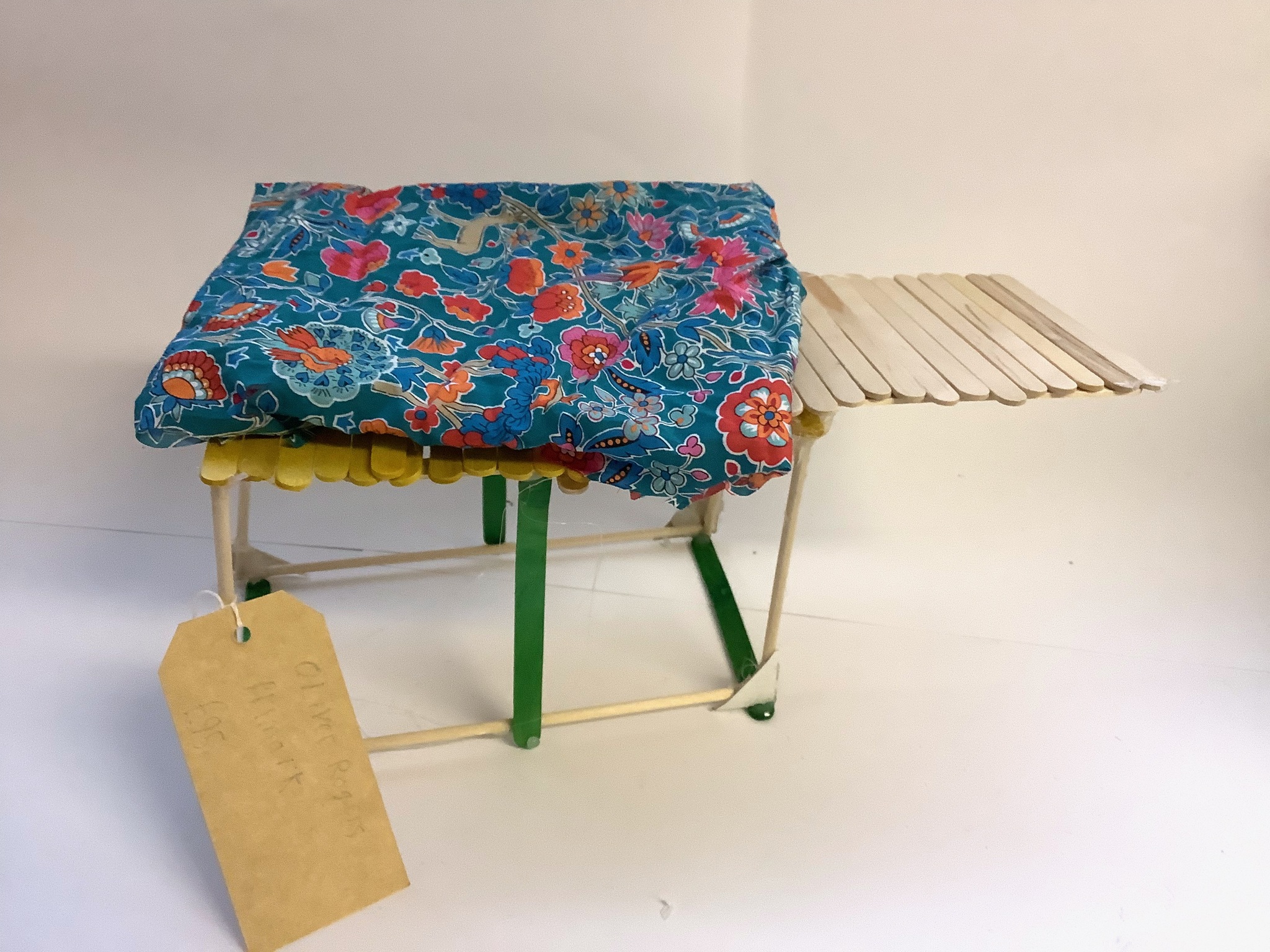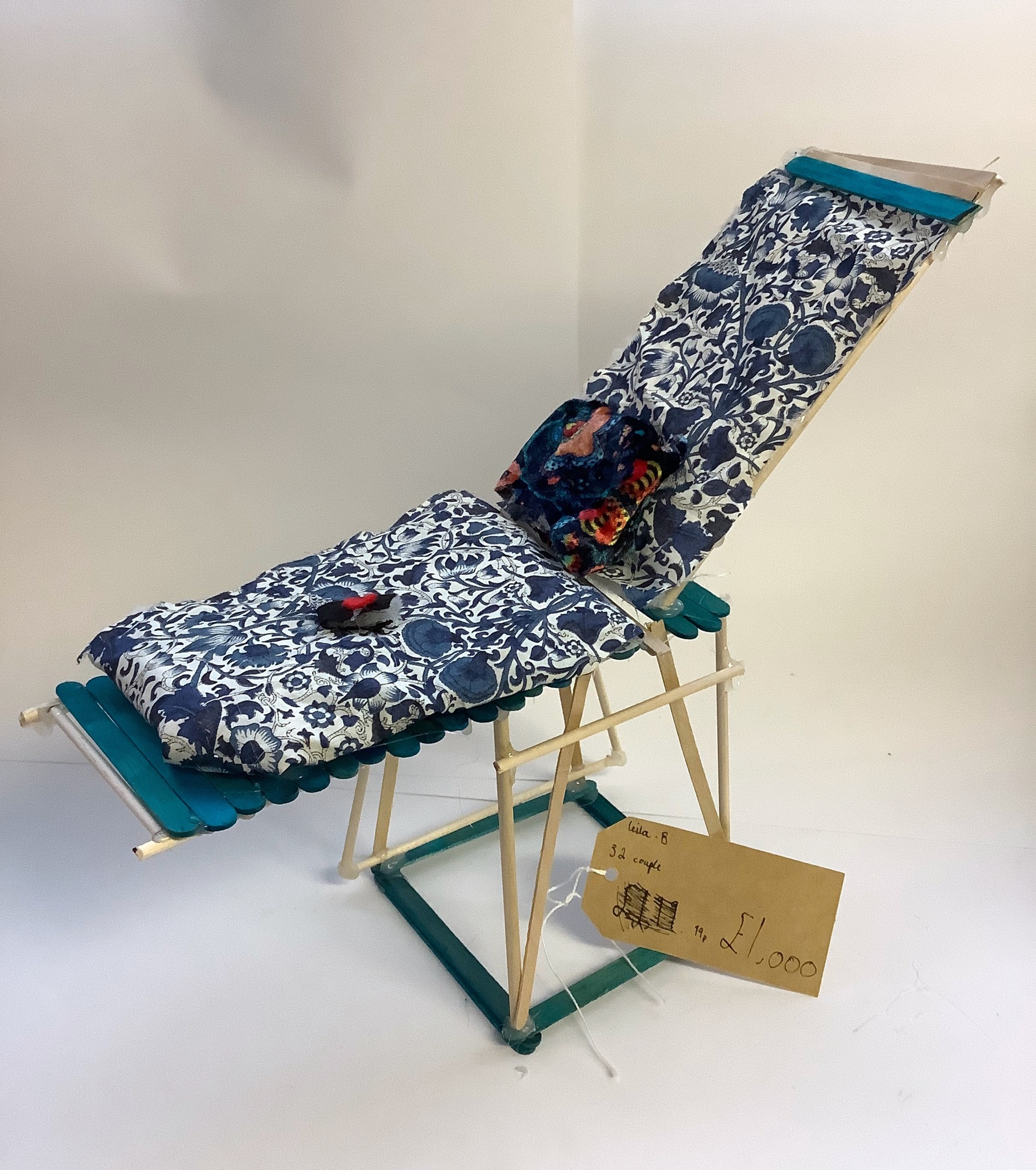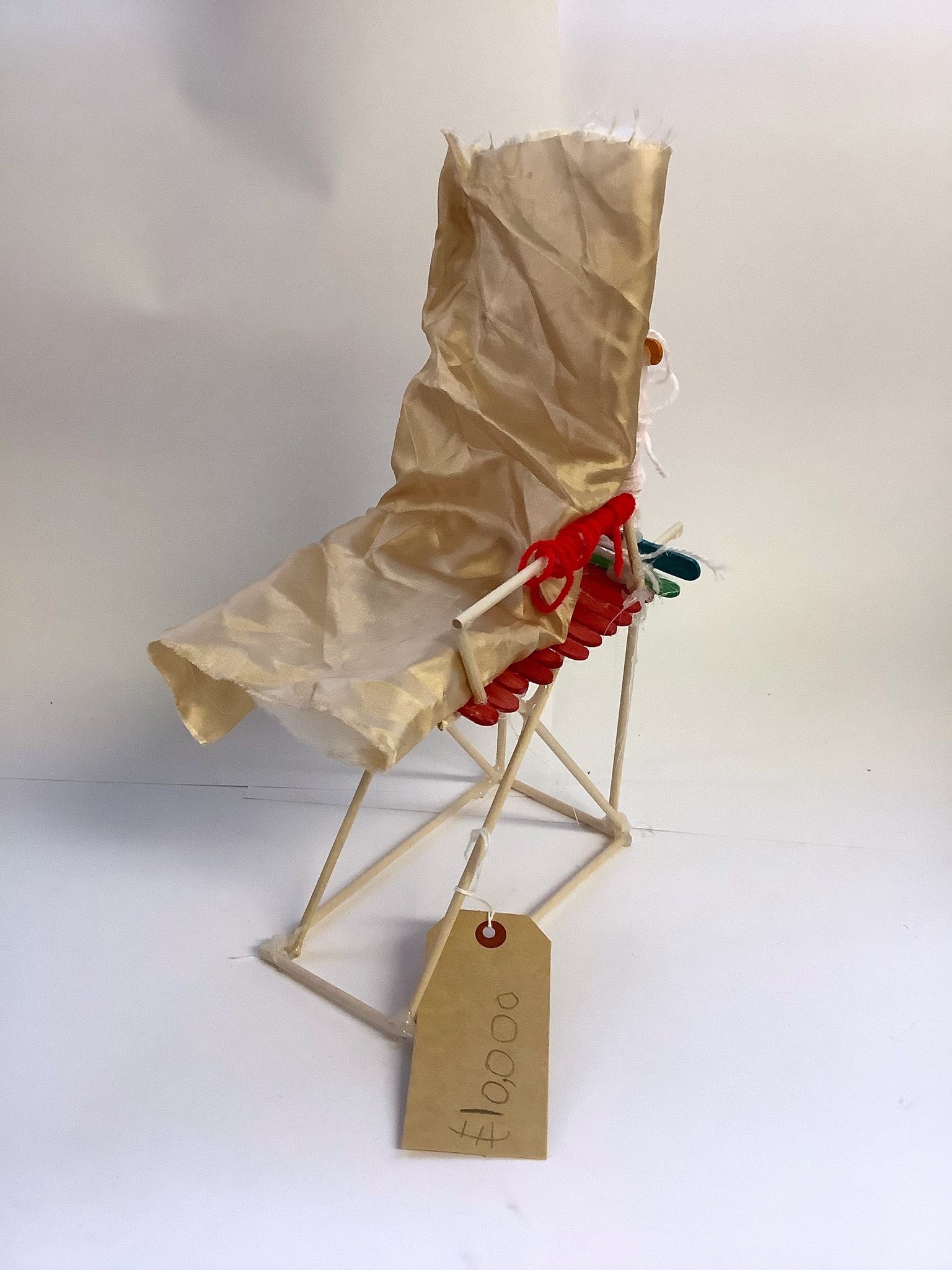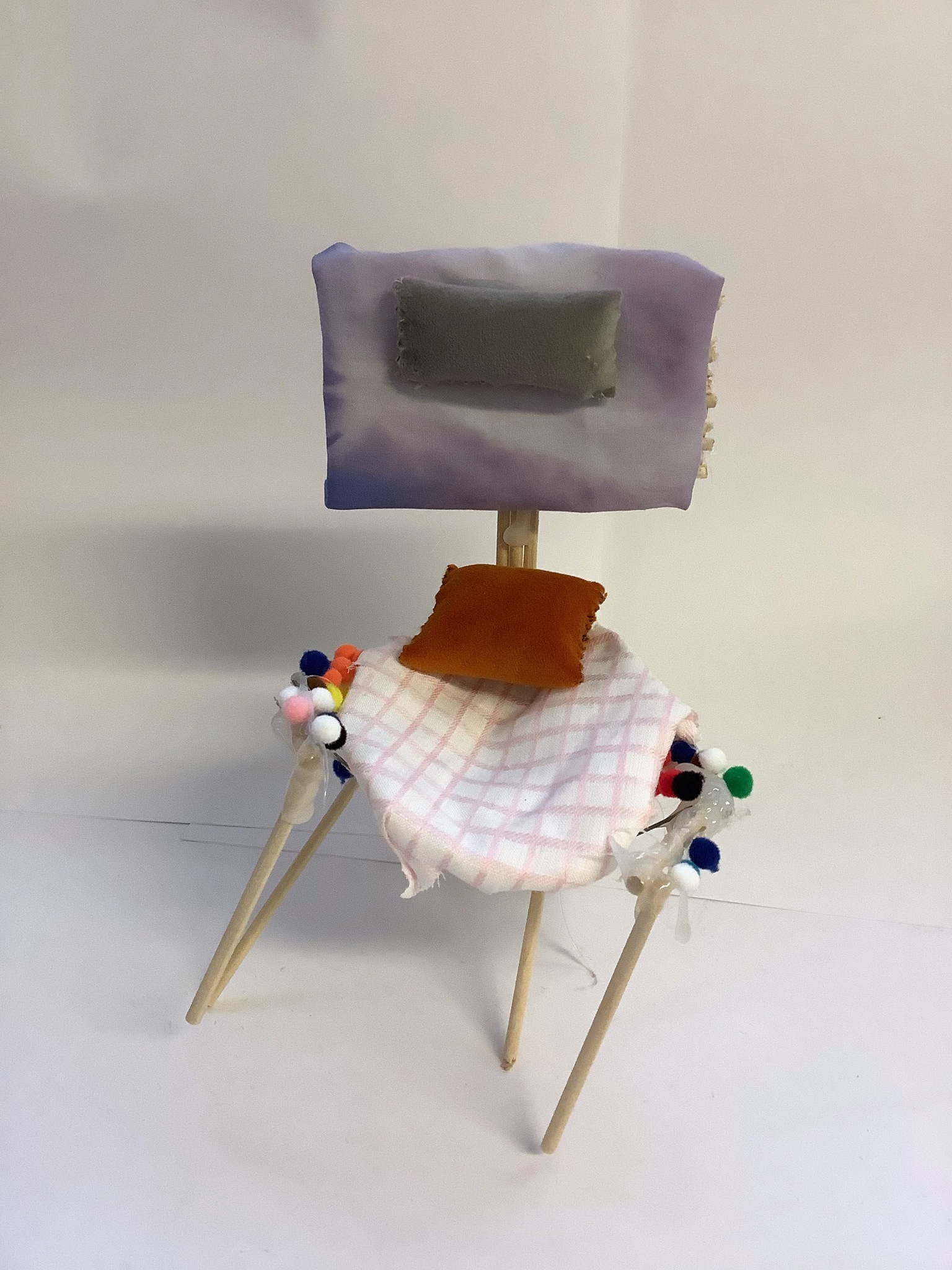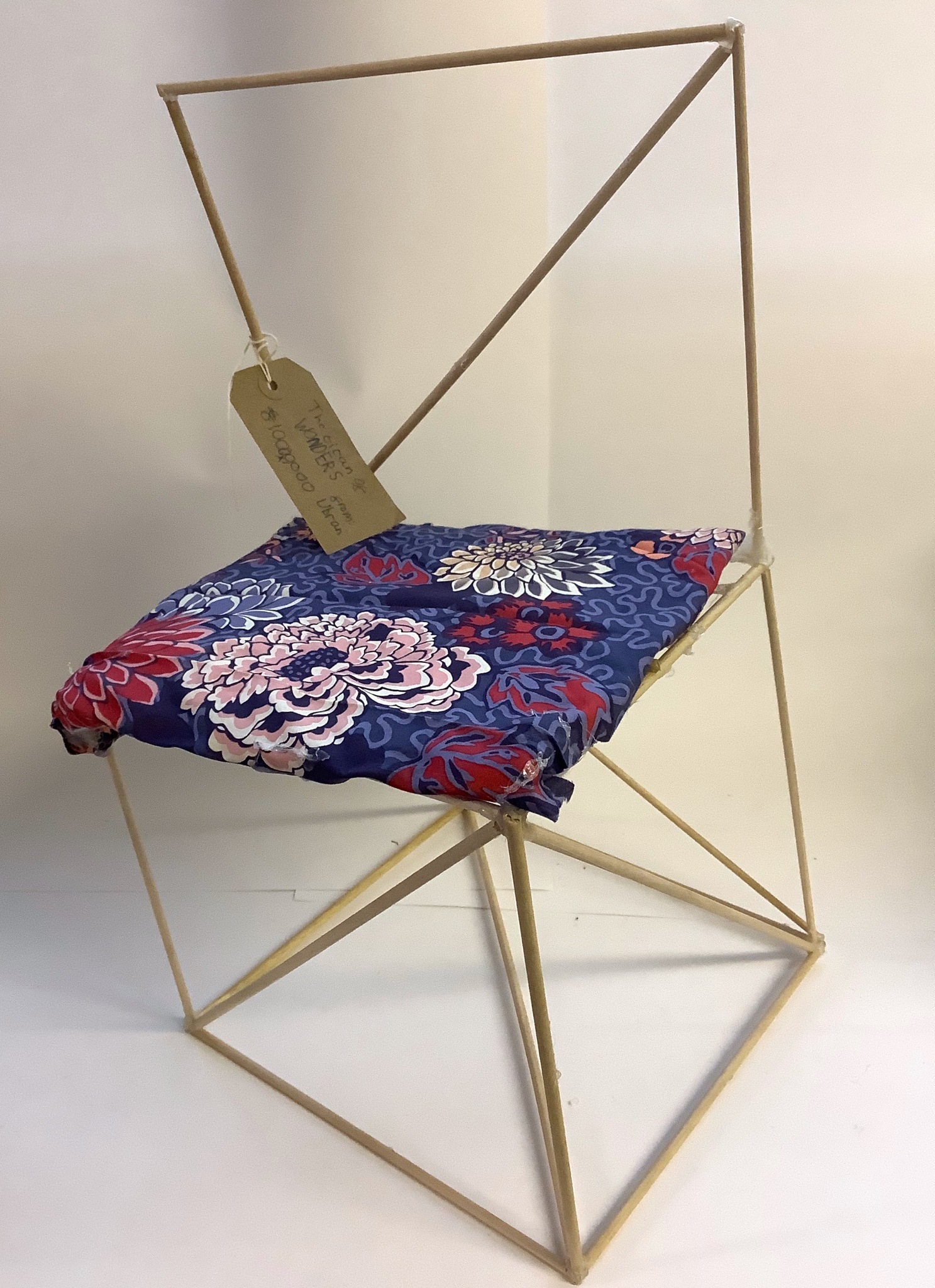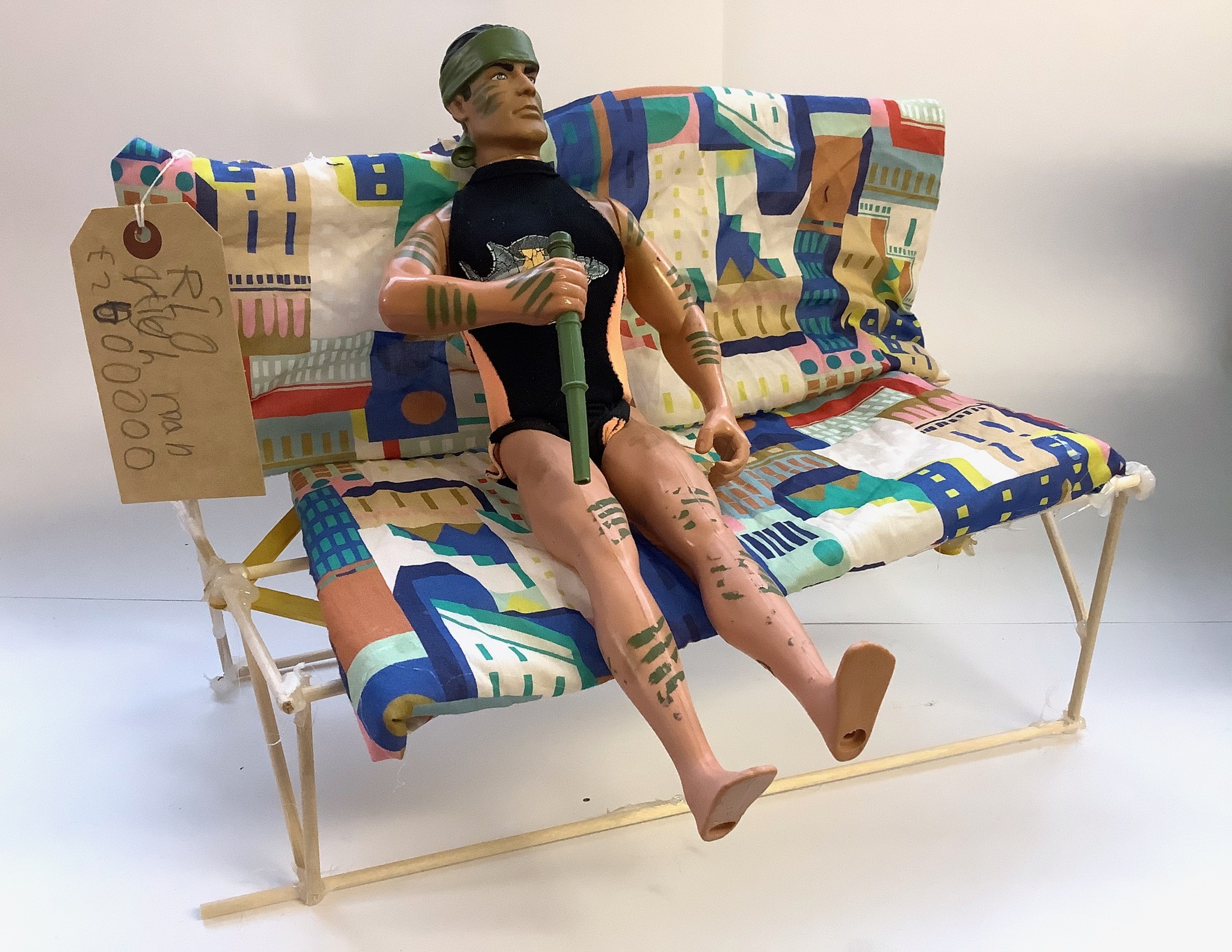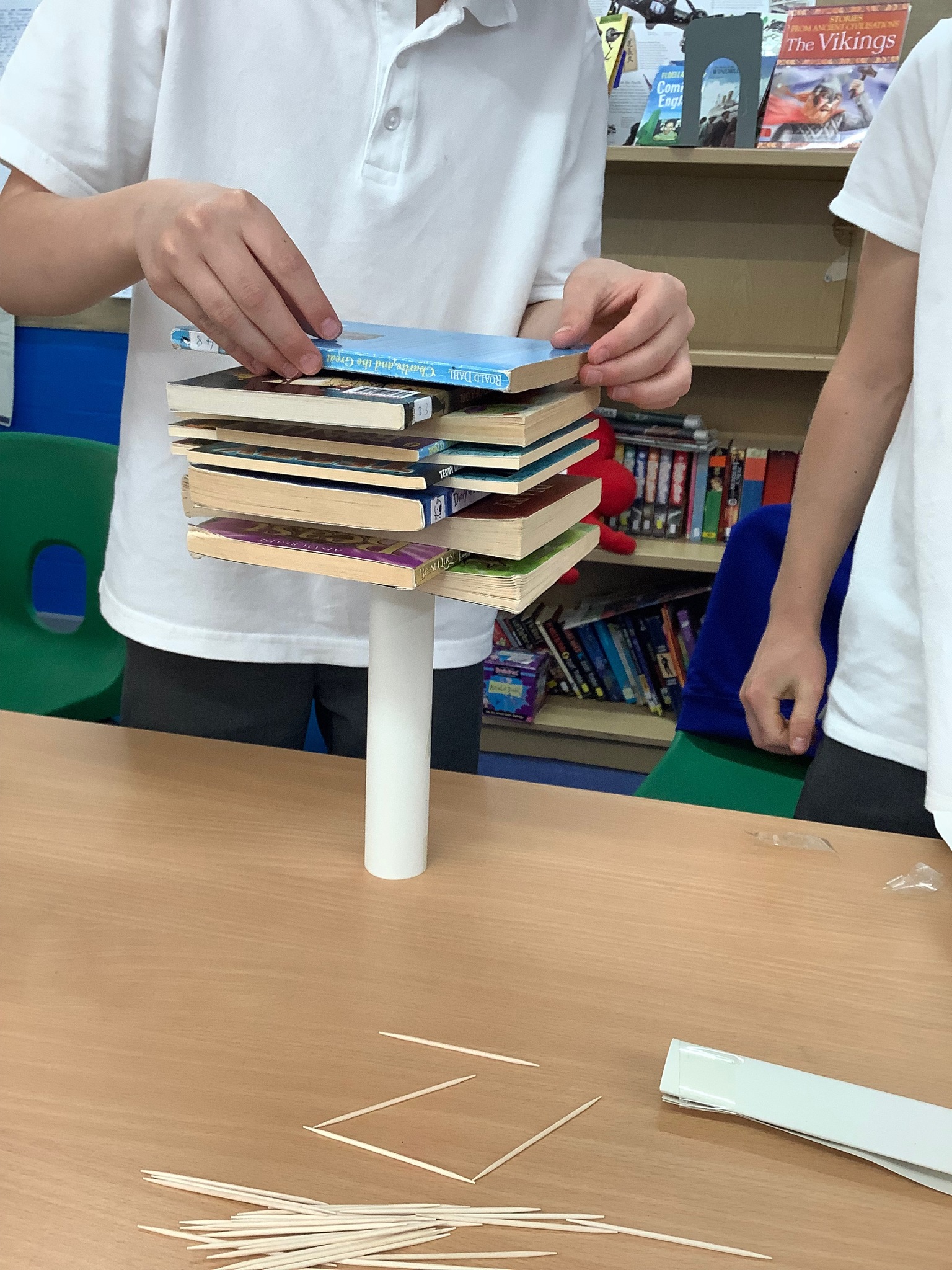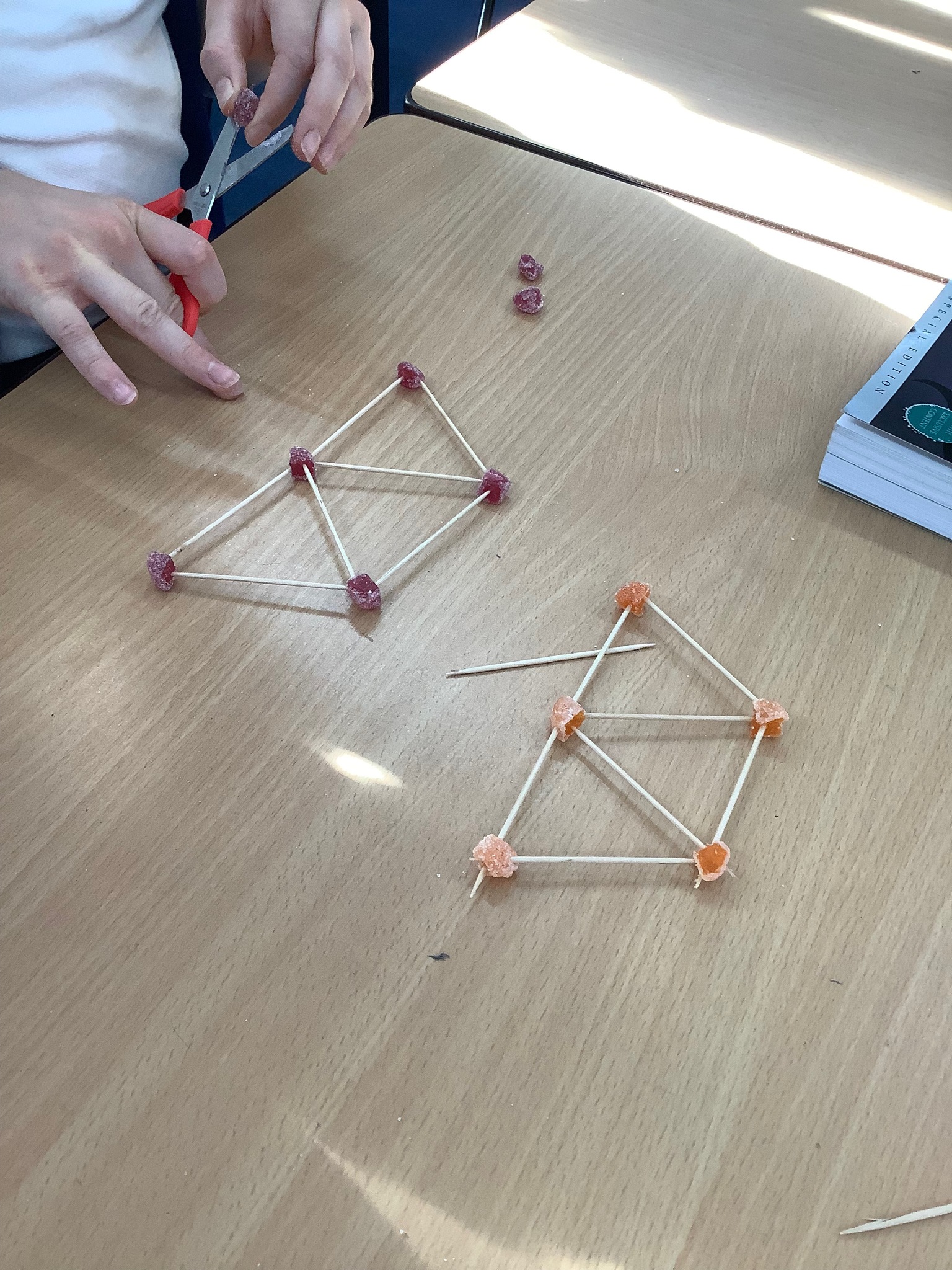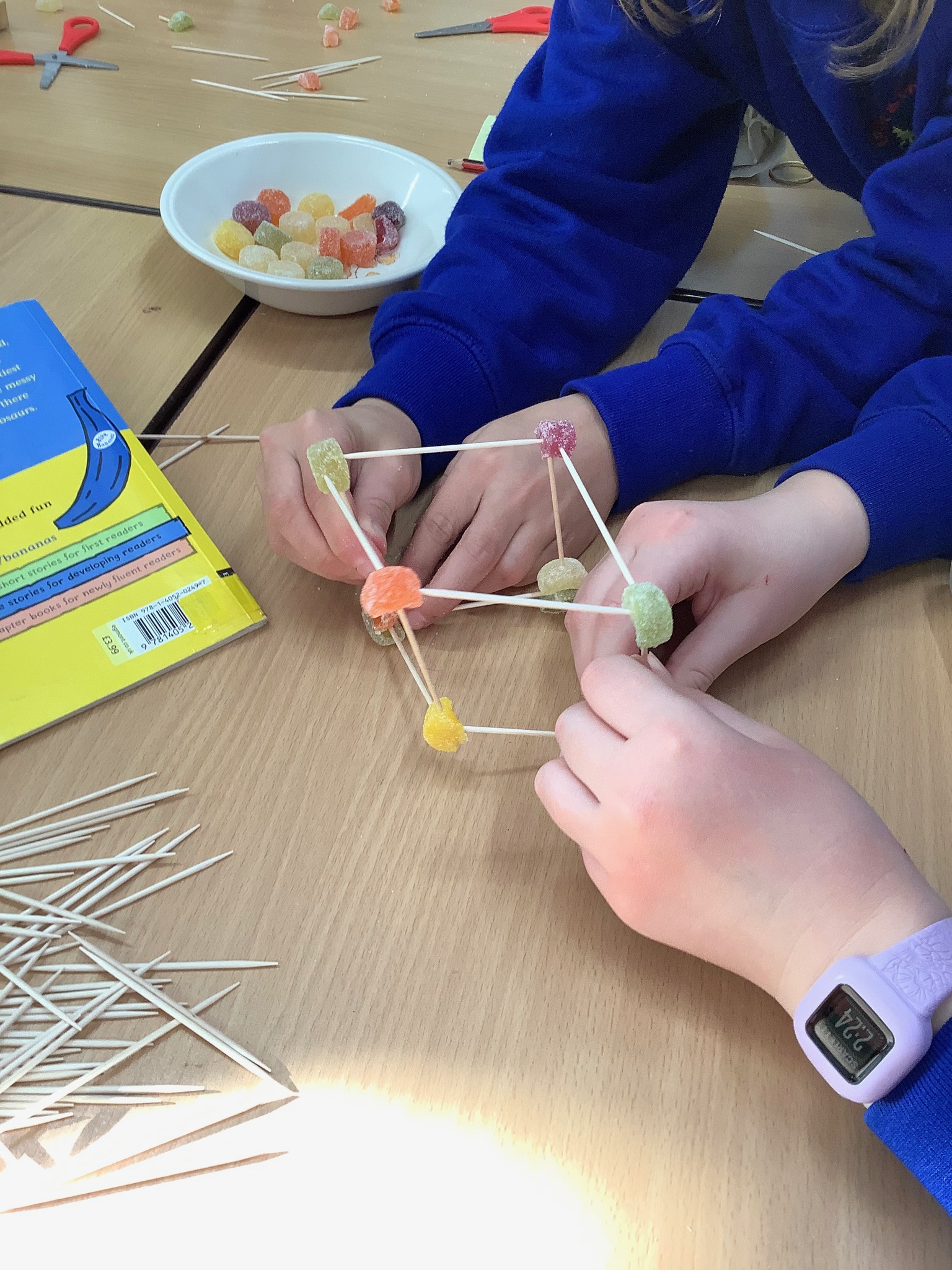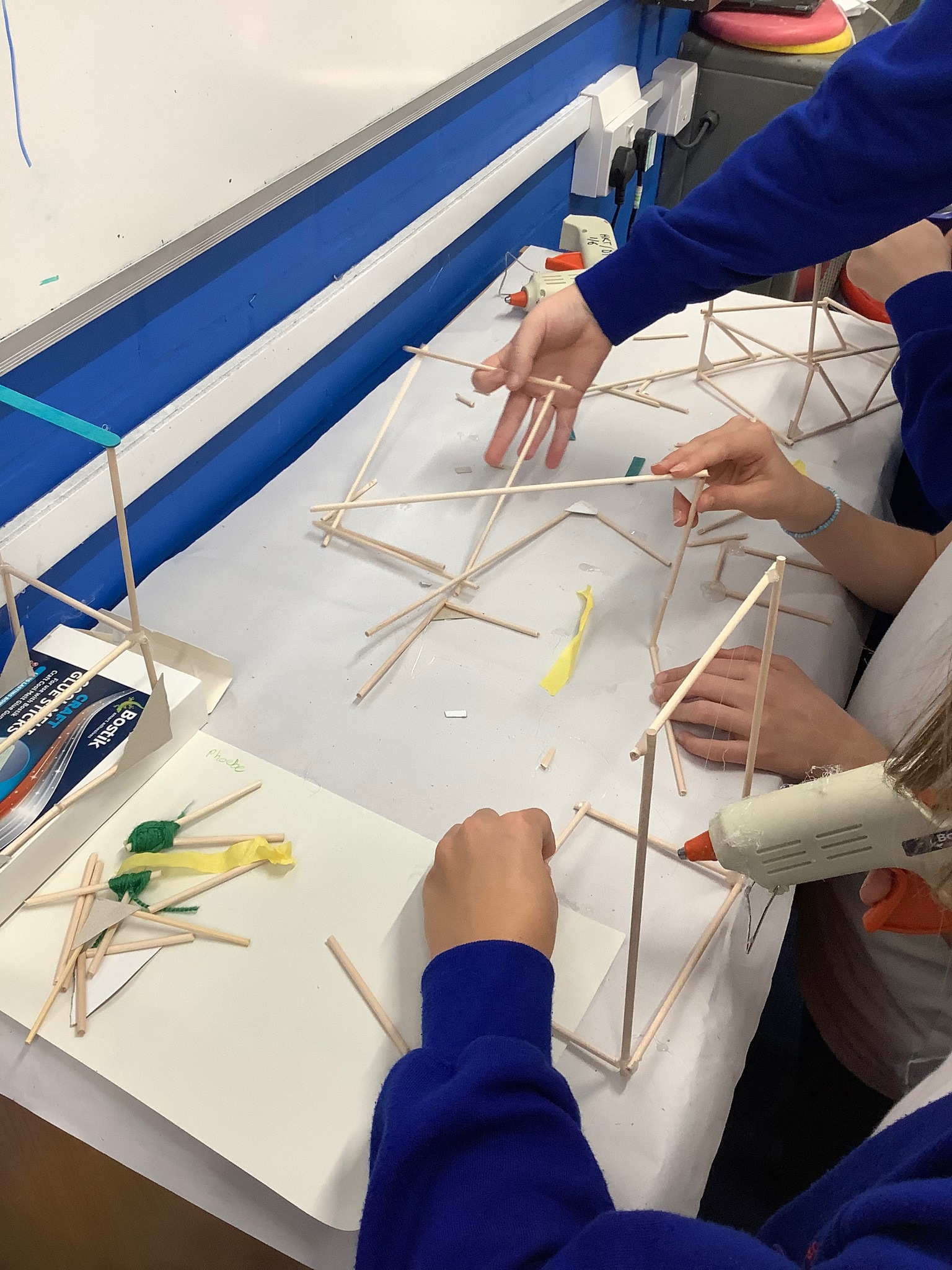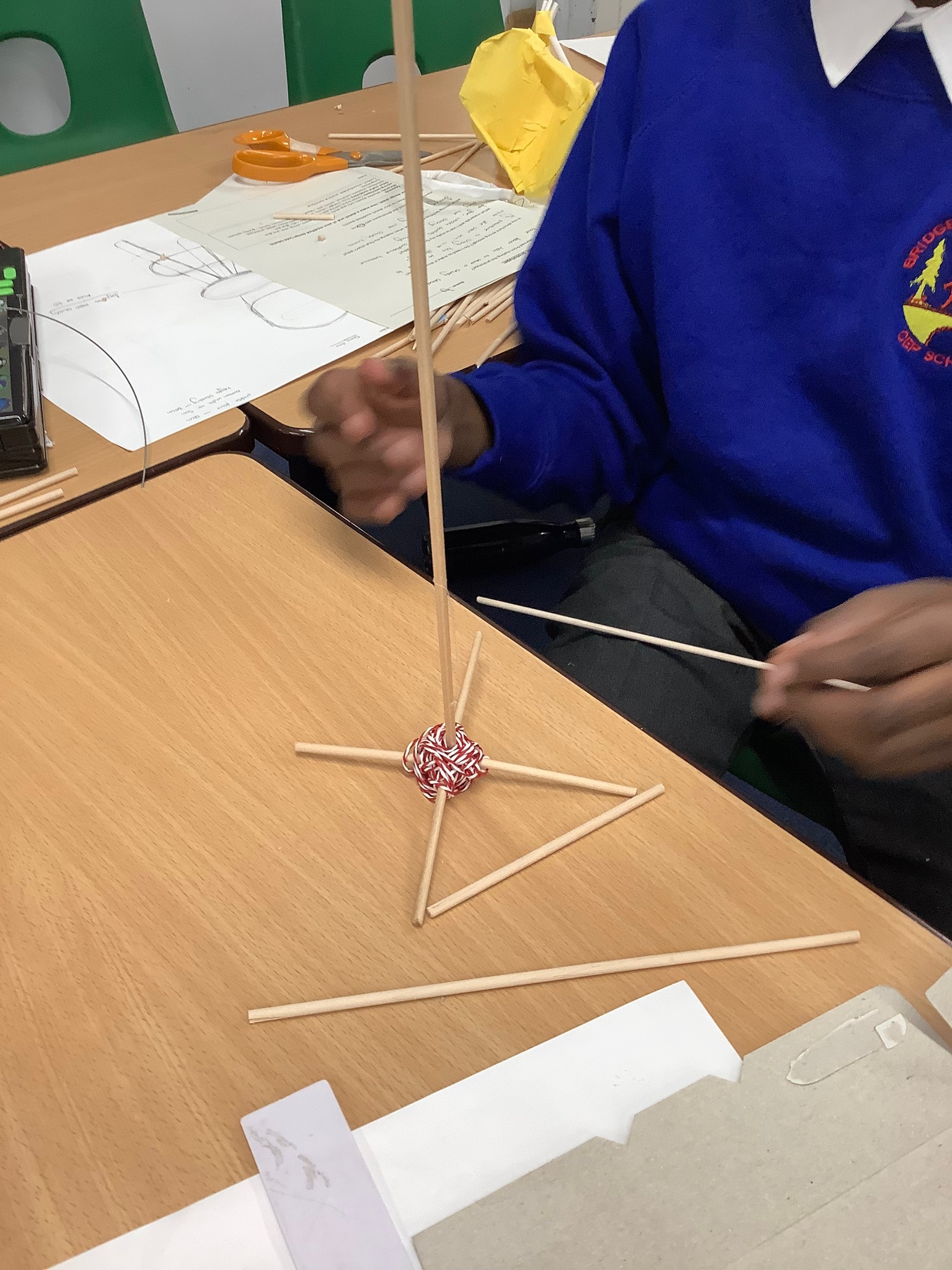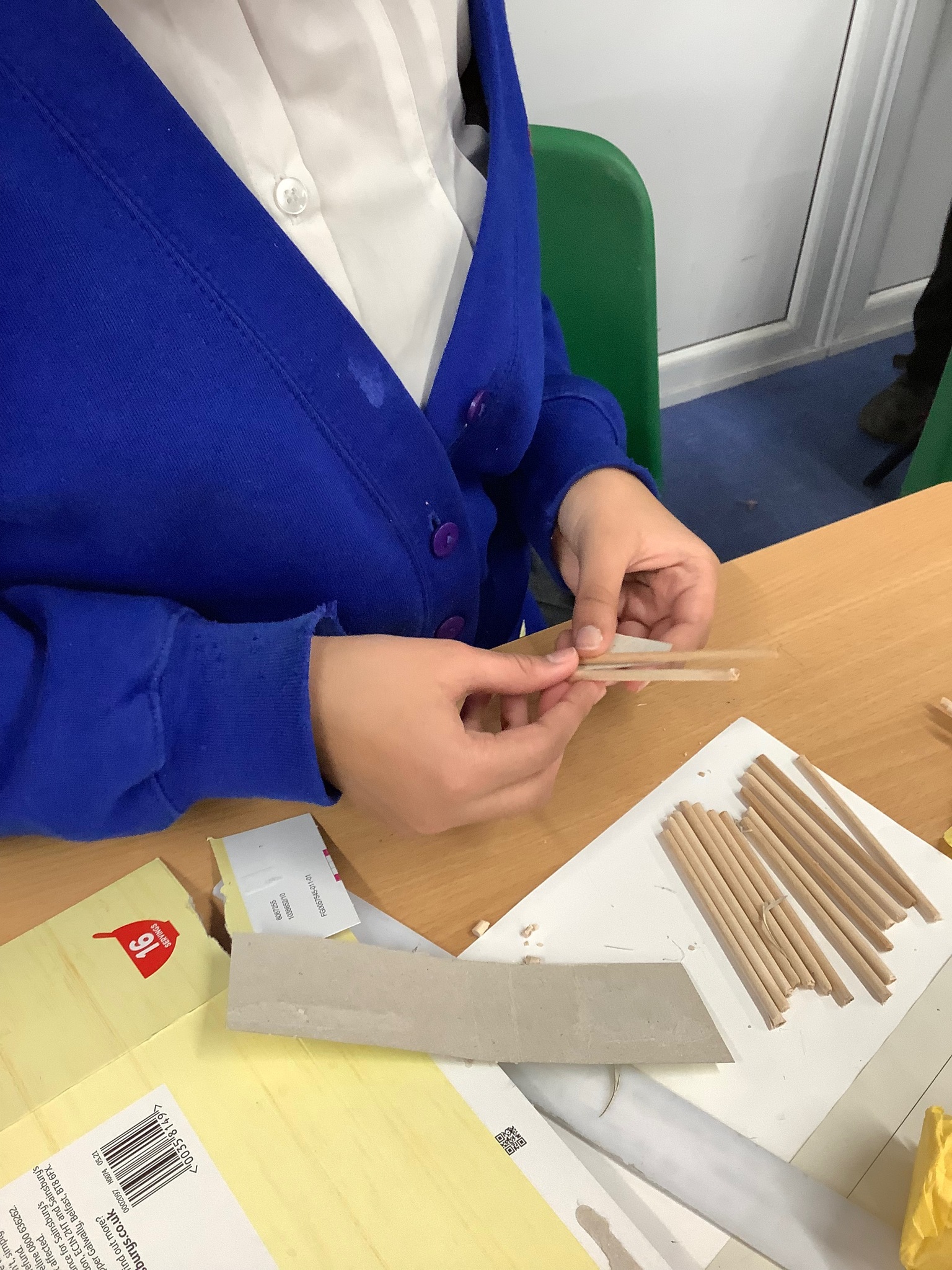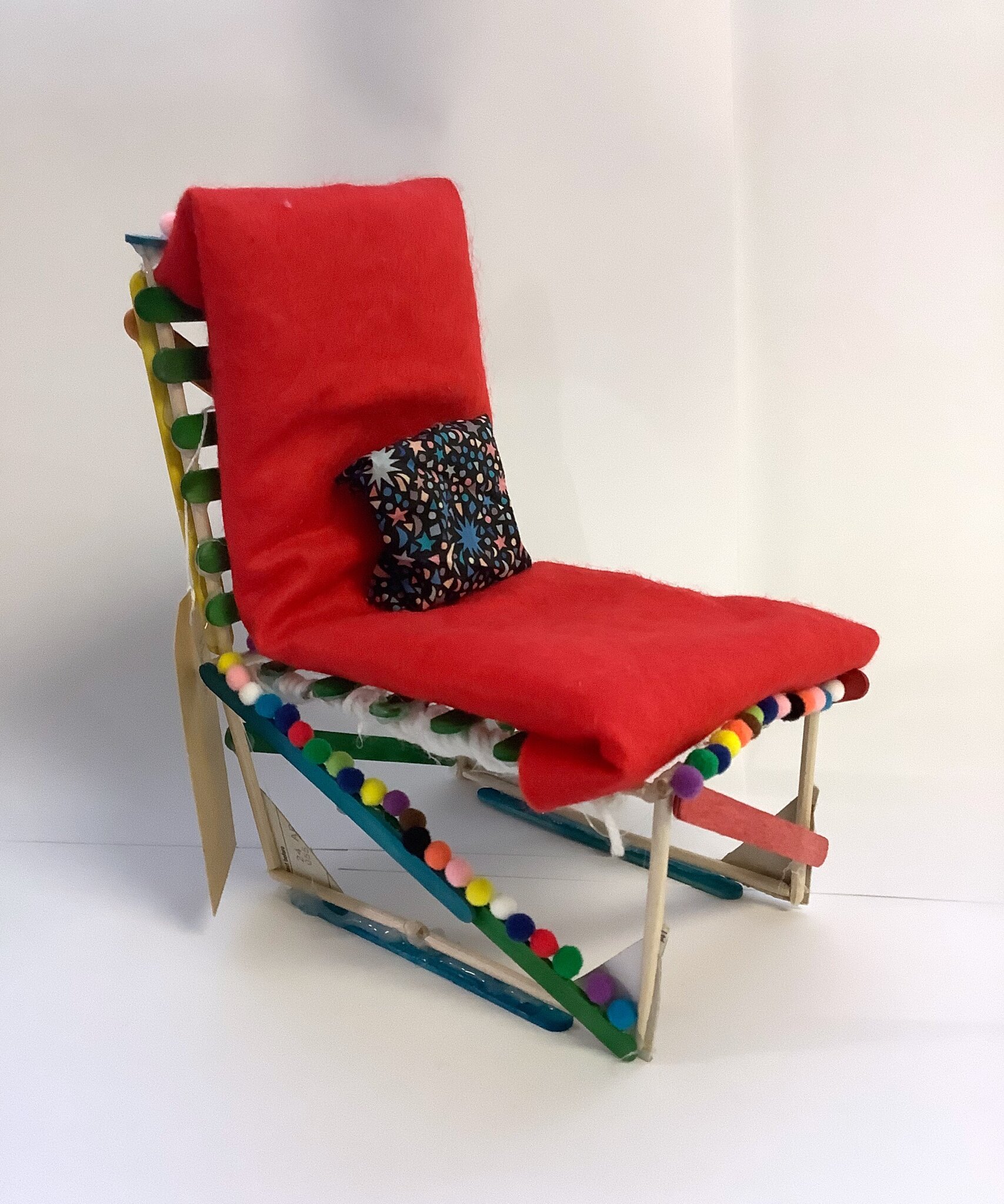
Year 6 chairs are here! Order now!
Throughout this project, Year 6 have: learnt about strong shapes and forces; explored materials, techniques, joins and structures; made initial designs inspired by influential designers; made prototypes and modified designs as appropriate; skilfully made their chairs using a variety of materials and techniques; chosen beautiful fabric designs to make padded coverings and cushions and evaluated their final products. All (almost) the chairs are strong and fully support Action man’s weight. Well done Year 6!
The project
Our DT projects consist of four steps – explore, design, make and evaluate.
Year 6 have designed chairs for an Action-man sized person. Pupils were given a brief and chose their target customer and the style of chair to make.
Exploring Strong shapes
To begin the project, the children explored forces and strong shapes within structures. We looked at the work of architects and identified shapes that they commonly use within buildings. We conducted some experiments and tested structures to their limit! The first experiment was to test paper columns – they could be described as cylinders, cuboids, and triangular based prisms. The columns were made of A4 computer paper and tested by stacking books on top until the structures failed!
We then tested the square against the triangle – 3D structures made from squares verses structures made from triangles (a variation of the truss system) were made with jelly babies and cocktail sticks.
Our conclusion was that triangles and cylinders (column with a round base) are very strong shapes – useful information when designing a chair!
Designers and Architects
In week two, we explored the American designers Ray and Charles Eames and their work during and after WW2. We discussed the role of women in the 1940s and 50’s and how Ray Eames was seen by the outside world as Charles’ assistant and not as an equal partner. We have also looked at the work of other designers: Sir David Adjaye (award winning Ghanaian-British architect); Ini Archibong (a young designer of Nigerian descent and born in the United States) and Norman Foster (well-known British architect and designer). The pupils also considered what is really important when designing a chair (being strong, its function and appearance) and have sketched preliminary designs.
Joining techniques and prototypes
Year 6 explored different joining techniques and made prototypes of their chairs from paper straws, paper and masking tape. These models gave the children an opportunity to test their designs, structures and calculate dimensions. Pupils evaluated their prototypes and made amendments to their designs before making their final chairs from sturdier materials such as wooden dowels. The final stage was to test the chairs, get a thumbs up from Action Man and then evaluate their products.
Action Man looks pretty happy. See for yourself in the gallery below:

